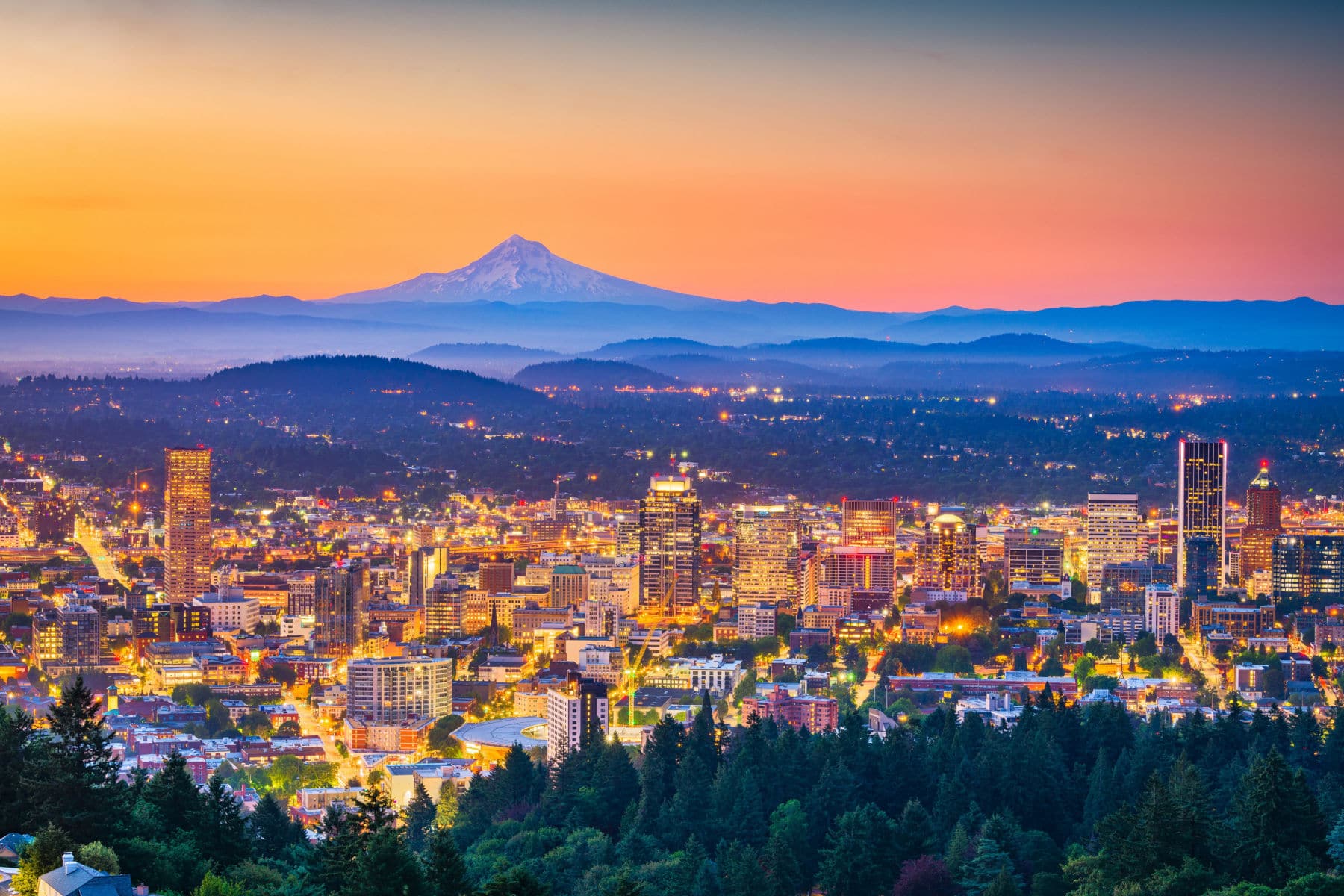
Article Summary: Historic Sites In Oregon
Historic Sites In Oregon. More Than Just Parks has 15 incredible must-see sites for you to visit.
I’ve been to so many of these amazing places since retiring from teaching in 2018. Did I mention that I taught history? I spent a lifetime teaching about the history behind these momentous sites. Then I got to see them firsthand. And now I’m sharing the stories of these incredible places with you. It doesn’t get any better than that!
I’m going to give you my list of the Top 15 Historic Sites In Oregon that you’ll want to see.
To be clear, this list includes national park sites (as in sites managed by the National Park Service) as well as national parks. It also includes sites not managed by the National Park Service. After all, we’re more than just parks!
If you’re planning a trip to Oregon then one book I recommend is: Oregon Bucket List Adventure Guide & Journal: Explore 50 Natural Wonders You Must See & Log Your Experience!
Without further ado, let’s dive in!
Top 15 Historic Sites In Oregon
15. Fort Astoria
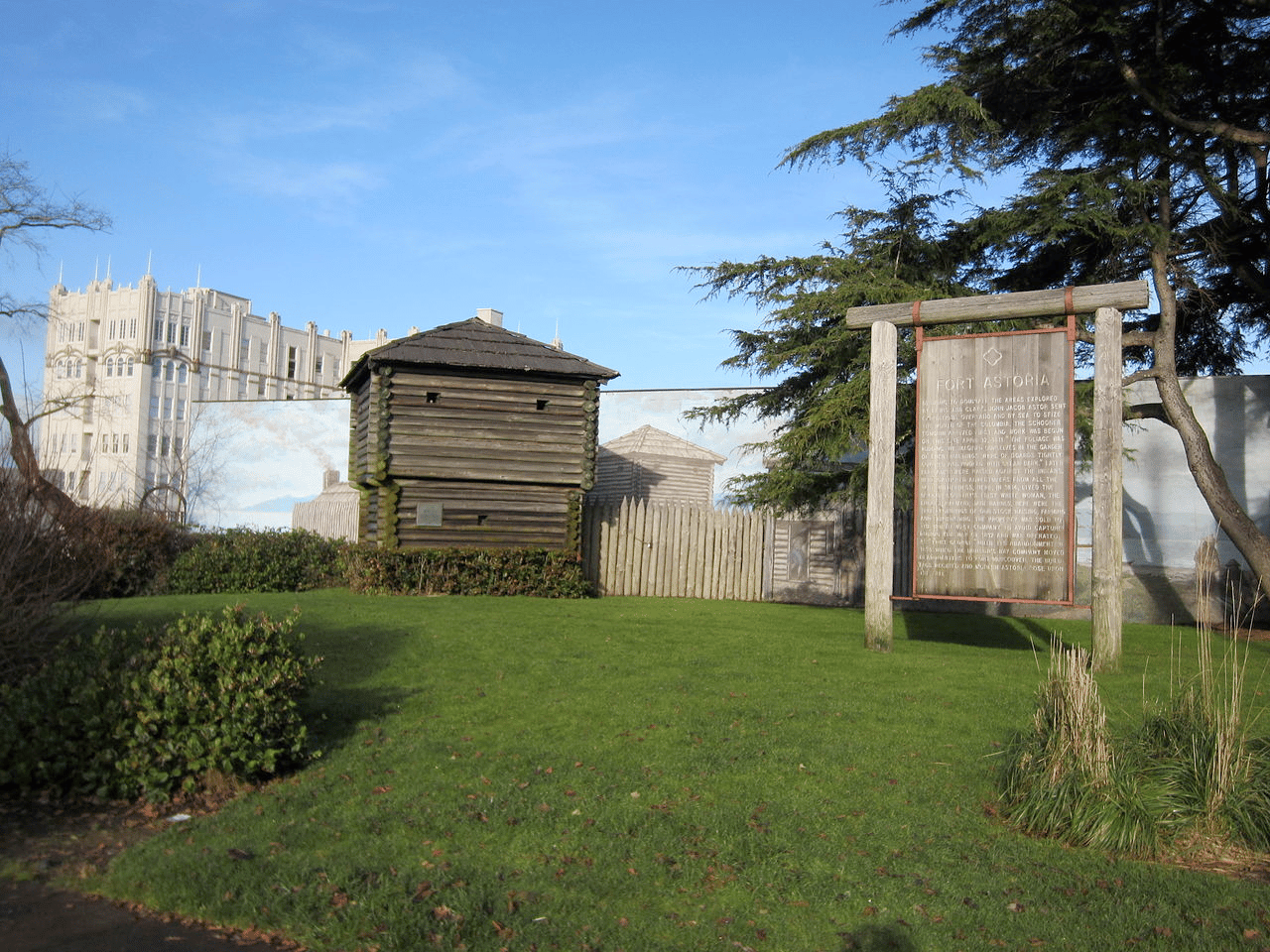
Oregon is known for its diverse landscape and many outdoor recreational opportunities, including scenic bikeways, lush forests, and beautiful lakes.
The state also has some amazing historic sites. More Than Just Parks has compiled our list of the Top 15 Historic Sites In Oregon, which we’re thrilled to share with you. And we kick off our exciting list at #15 with Fort Astoria.
Fort Astoria was a fur trading post established by John Jacob Astor’s Pacific Fur Company in 1811, in present-day Oregon. It was the first American-owned settlement on the Pacific coast and the first permanent American settlement west of the Rocky Mountains.
The fort was built in present-day Astoria, Oregon, at the mouth of the Columbia River, on the south side of the river. The location was chosen because it provided easy access to the river, which was the main transportation route for the fur trade in the region.
It was established as a way for Astor’s company to enter the lucrative Pacific Northwest fur trade, which was dominated by the British and Canadian fur companies. The fort served as the hub of the company’s operations in the region, and it played a significant role in the development of the American presence in the Pacific Northwest.
The Fort Faced Several Challenges
The fort was initially successful, but it faced several challenges, including hostile relations with the local Native American tribes and competition from other fur trading companies. In 1813, the fort was captured by the British during the War of 1812 and was renamed Fort George.
It was returned to the Americans in 1818 under the Treaty of Ghent. The fort continued to be used as a trading post for several more years, but eventually the changing economic and political climate made the fur trade unprofitable, and the fort was eventually abandoned in 1857.
Today, the site of Fort Astoria is a National Historic Landmark, and part of the Lewis and Clark National Historical Park. Visitors can explore the reconstructed fort, which includes a visitor center, and museum that tells the history of the fort and its role in the development of the Pacific Northwest.
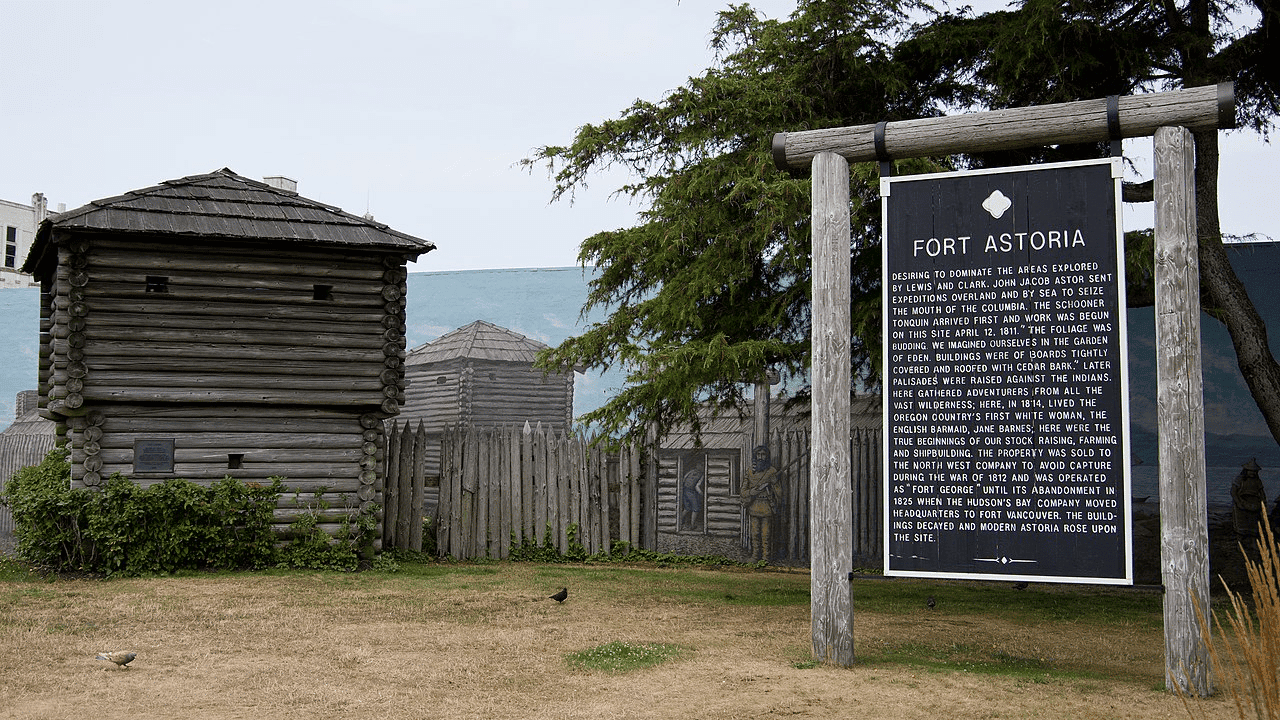
14. Tillamook Air Museum
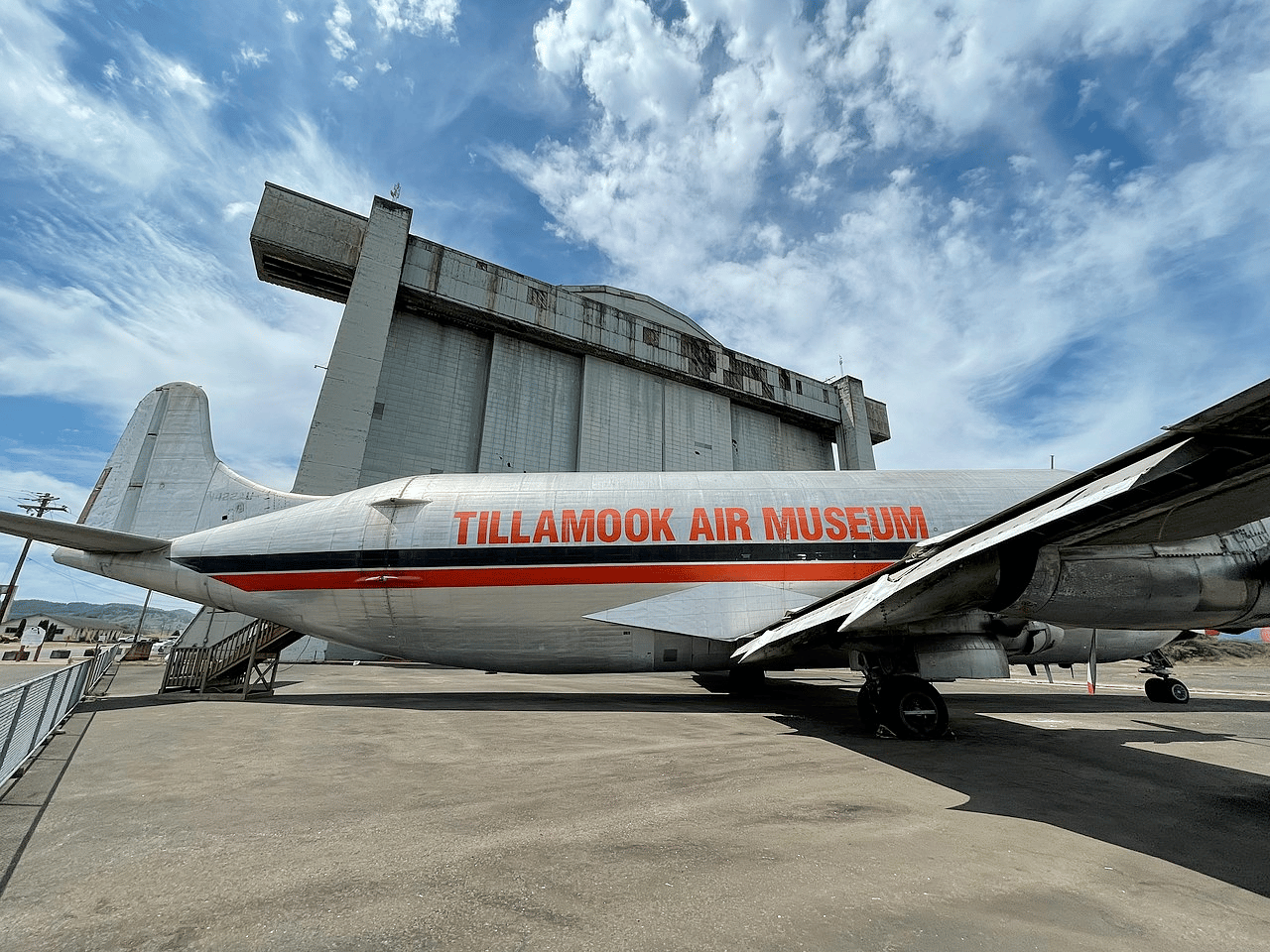
We believe that, when it comes to great historic sites, the sky’s the limit and our next historic sites is a case in point. At #14 on our list of the Best Historic Sites In Oregon is the Tillamook Air Museum.
The Tillamook Air Museum is located in Tillamook is dedicated to preserving the history of naval aviation and the role of the U.S. Navy in World War II.
The museum is housed in a former World War II blimp hanger, the largest wooden structure in the world, which was originally built to house blimps used in coastal patrols and anti-submarine warfare.
The hanger was constructed in 1942, during World War II, by the U.S. Navy as a home base for blimps used in coastal patrols and anti-submarine warfare.
The hanger served as a base of operations for blimps until 1948 when the Navy decommissioned the airship program at Tillamook. The hanger sat unused for several decades until it was converted into a museum in 1984.
Exhibits On The History Of Naval Aviation
The Tillamook Air Museum features exhibits on the history of naval aviation, including the blimps that were based at the hanger during World War II.
It also features aircraft from different periods of aviation history, including the F4F Wildcat, F6F Hellcat, F7F Tigercat, and many more. Additionally, it has a large collection of photographs, artifacts, and documents from the World War II era.
The museum’s mission is to educate visitors about the history of naval aviation and the role of the US Navy in World War II, and to preserve the memory of the men and women who served in the military during that time. It is open to the public year-round and offers a variety of educational programs and events for visitors of all ages.
13. Timberline Lodge
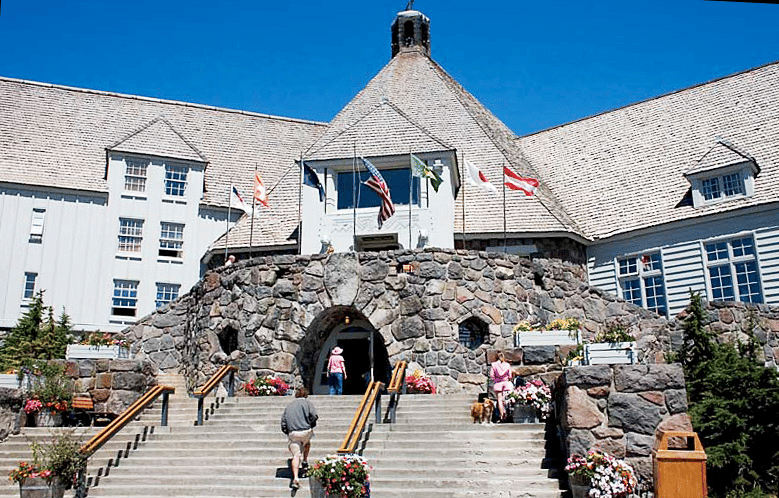
Our next site may look familiar to you especially if you happen to be a fan of the film director Stanley Kubrick. At #13 on our list of the Best Historic Sites In Oregon is the Timberline Lodge.
The Timberline Lodge is a hotel that’s located on the south side of Mount Hood in Oregon. It was built in the late 1930s as part of the Works Progress Administration (WPA), a New Deal program aimed at providing employment during the Great Depression.
The lodge was designed by architects William C. Knighton and Gilbert Stanley Underwood, and was constructed using locally-sourced materials, including logs from the surrounding forest.
Construction of the lodge began in 1936 and was completed in 1937. The lodge was built by the WPA using local labor and materials.
It was intended to be a ski lodge and it officially opened on September 28, 1937. It was also used as a location for the movie “The Shining” which was released in 1980.
It’s A Popular Destination For Skiers & Hikers
The Timberline Lodge has served as a popular destination for skiers and hikers since its opening. It features a variety of amenities, including a ski area with over 1,000 acres of skiable terrain, a variety of dining options, and a variety of guest rooms and suites.
Additionally, it is home to several public areas, including a large fireplace in the main lobby, a library, and a gallery of historic photographs.
Throughout its history, the Timberline Lodge has undergone several renovations and upgrades to modernize its facilities, but it has managed to maintain its historic character.
Today, it is a National Historic Landmark, and is considered one of the finest examples of rustic architecture in the United States. It continues to be a popular destination for outdoor enthusiasts and visitors to the Mount Hood area.

12. Columbia River Maritime Museum
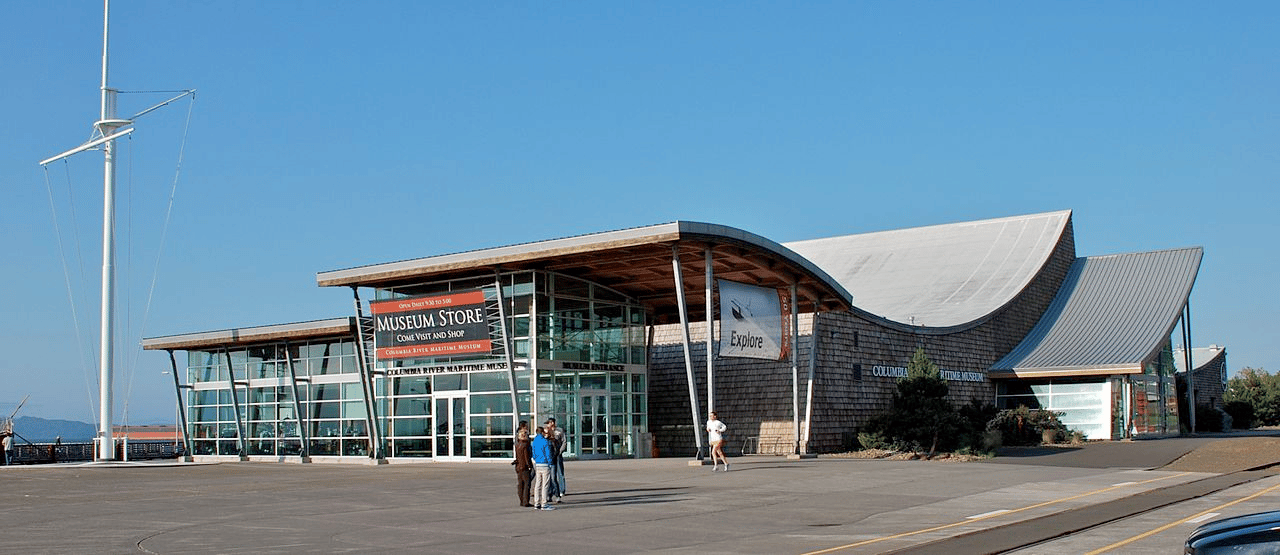
We strive to develop lists of historic sites which offer something for everyone. If you’re interested in maritime history then our next site is for you. At #12 on our list of the Best Historic Sites In Oregon we have the Columbia River Maritime Museum.
It’s located in Astoria, Oregon. It’s dedicated to preserving the history of the Columbia River and the maritime culture of the Pacific Northwest. The museum was founded in 1962 and is located in the former U.S. Customs House in Astoria, a historic building dating back to 1857.
The museum’s exhibits focus on the maritime history of the Columbia River, including the ships and boats that have navigated the river over the centuries, as well as the people who have lived and worked along its shores.
The museum also features exhibits on the region’s coastal environment, including the plants, animals, and geology of the area. Additionally, it has a collection of artifacts, photographs, and documents related to the maritime history of the Columbia River.
Educational Programs & Events For Visitors Of All Ages
The museum’s mission is to educate visitors about the history of the Columbia River and the maritime culture of the Pacific Northwest.
It offers a variety of educational programs and events for visitors of all ages, including guided tours, lectures, and workshops. The museum also offers a library and research center, which is open to the public and contains a wealth of information on the maritime history of the region.
Since its establishment, the Columbia River Maritime Museum has become an important institution in the Astoria community, and it continues to be a popular destination for visitors interested in the maritime history of the Pacific Northwest. It is open to the public year-round, and it is a must-see for history buffs and maritime enthusiasts.
11. Pittock Mansion
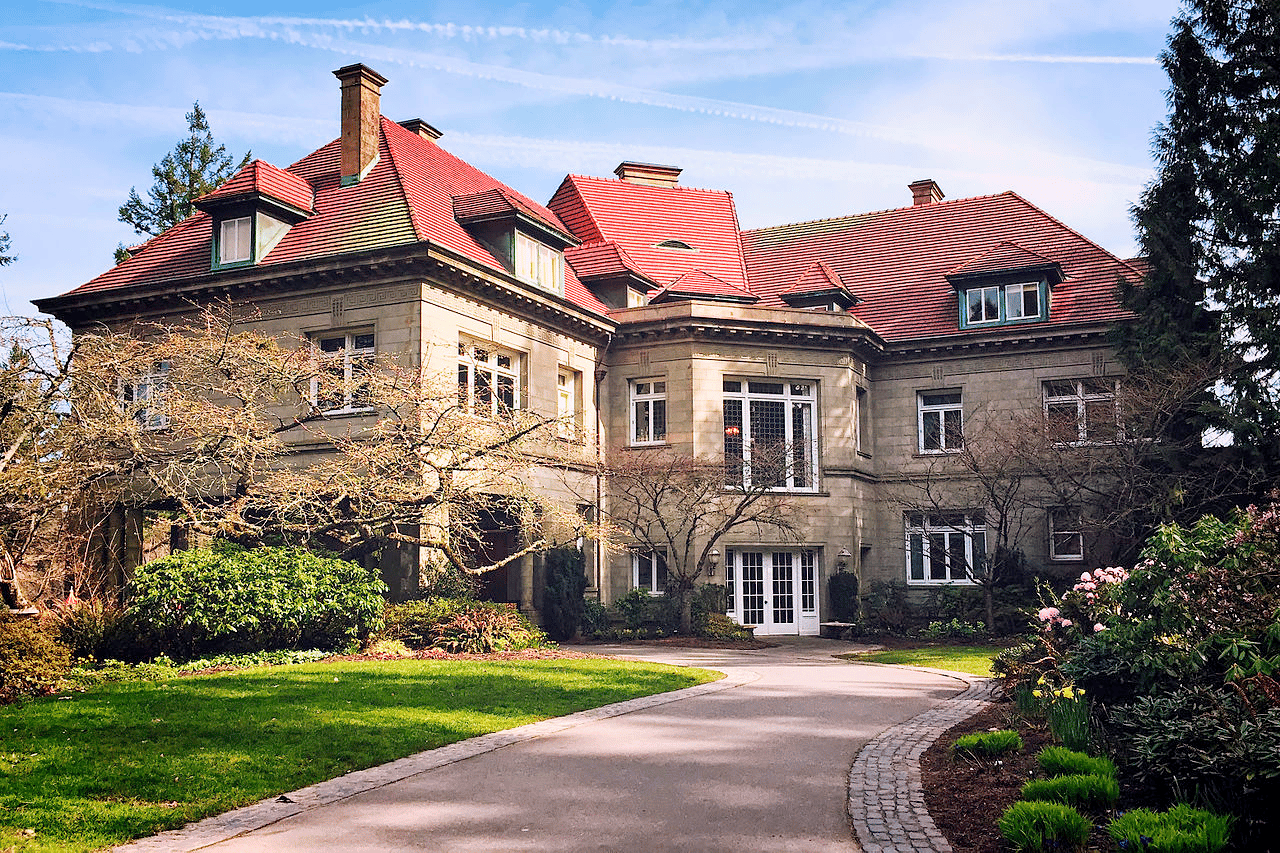
Like other states, Oregon has some incredibly beautiful old historic homes. One of their finest is our next historic site. At #11 It’s Pittock Mansion.
Pittock Mansion is a historic house museum located in Portland, Oregon. It was built in 1914 for Henry and Georgiana Pittock, two prominent figures in Portland’s early history.
The mansion was designed by architect Edward Foulkes in the French Renaissance-style and sits atop a hill in the city’s west hills, offering panoramic views of the surrounding area.
Henry Pittock was a newspaper publisher and founder of The Oregonian Newspaper, which he started in 1850. He and his wife, Georgiana, were also influential in Portland’s social and cultural scene. They commissioned the mansion as a place to entertain friends and family and to showcase their art collection.
Construction of the mansion took two years and employed over 200 workers. The mansion’s design includes four stories, 46 rooms, and over 23,000 square feet of living space. The interior is filled with ornate details, including marble fireplaces, stained glass windows, and hand-carved woodwork.
After the Pittocks passed away in the 1910s, the mansion was left vacant for several years before it was eventually donated to the City of Portland in 1964. The city then restored the mansion and opened it to the public as a historic house museum in 1965.
Today, visitors to Pittock Mansion can tour the mansion’s many rooms and learn about the history of the Pittock family and the city of Portland. The mansion also hosts various events and programs throughout the year, including holiday tours, art exhibits, and educational programs for children and adults.
Pittock Mansion Today
In 1964, the city of Portland acquired the mansion and opened it as a museum, and it was listed on the National Register of Historic Places in 1974.
Today, the Pittock Mansion is open to the public as a museum, and it is a popular destination for visitors interested in the history of Portland and the Pacific Northwest.
The museum offers guided tours, as well as a variety of educational programs and events throughout the year. The mansion is also popular for its beautiful architecture and views of the city and the mountains.
It is an excellent example of the Pacific Northwest’s architectural and cultural heritage.
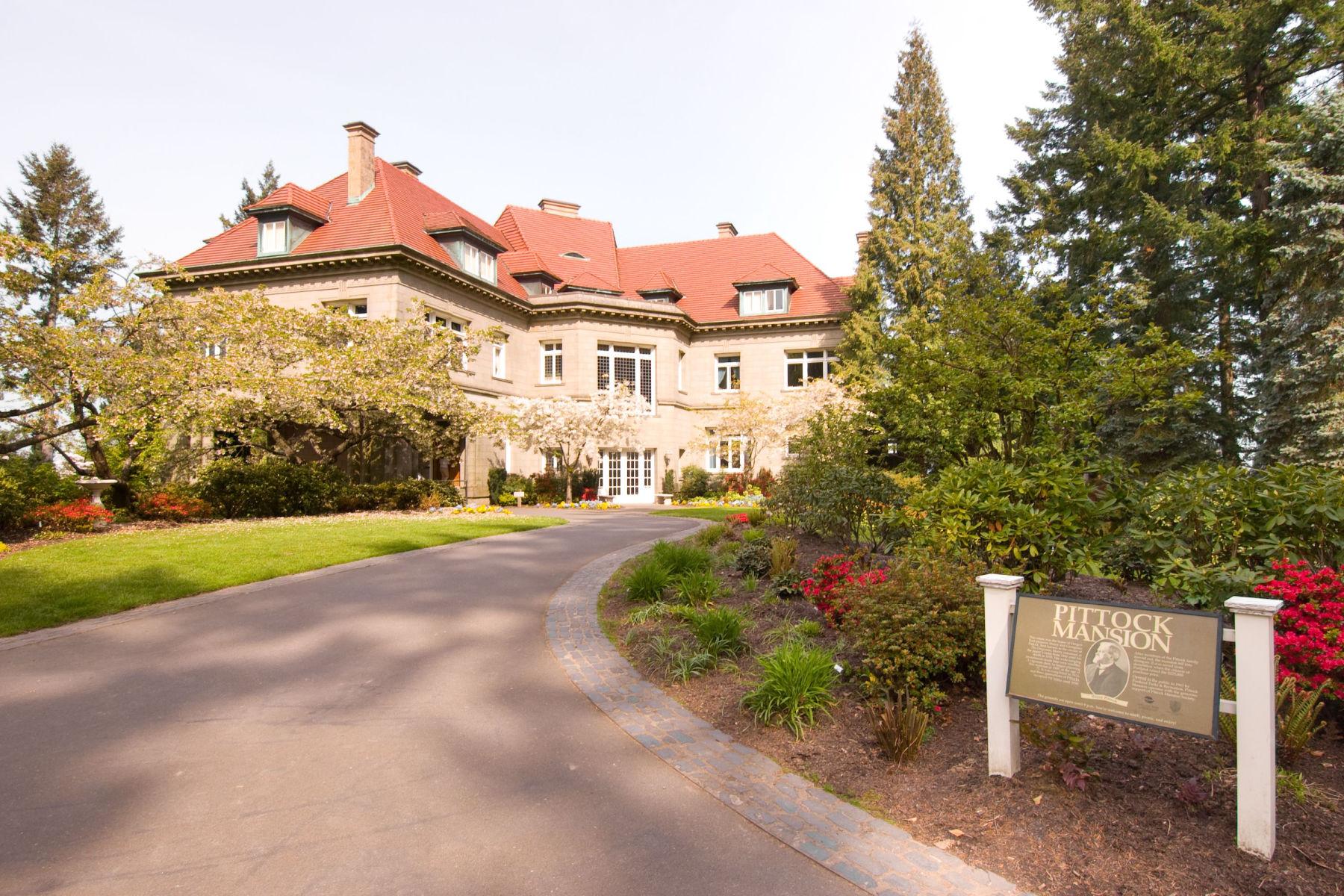
Top 10 Historic Sites In Oregon
10. California National Historic Trail

We’re on to our Top 10 Historic Sites In Oregon. In the #10 spot is one of the most famous historic trails in America. It’s the California National Historic Trail.
Now you may have been thinking to yourself, wait a minute, there’s another trail that’s far more closely associated with Oregon. O ye of little faith. We’re not done yet. Have patience.
The California National Historic Trail is a historic trail that runs through California, Nevada, Idaho, Oregon, and Wyoming. It was established in 1992 to commemorate the journey of thousands of pioneers who traveled west in the mid-1800s to settle in California.
The trail follows the routes of the emigrants who traveled by wagon, on foot, and on horseback to reach California during the California Gold Rush and other westward migrations.
The trail is approximately 5,000 miles long and passes through some of the most beautiful and rugged terrain in the western United States. It is managed by the National Park Service and is open to hikers, horseback riders, and other visitors.
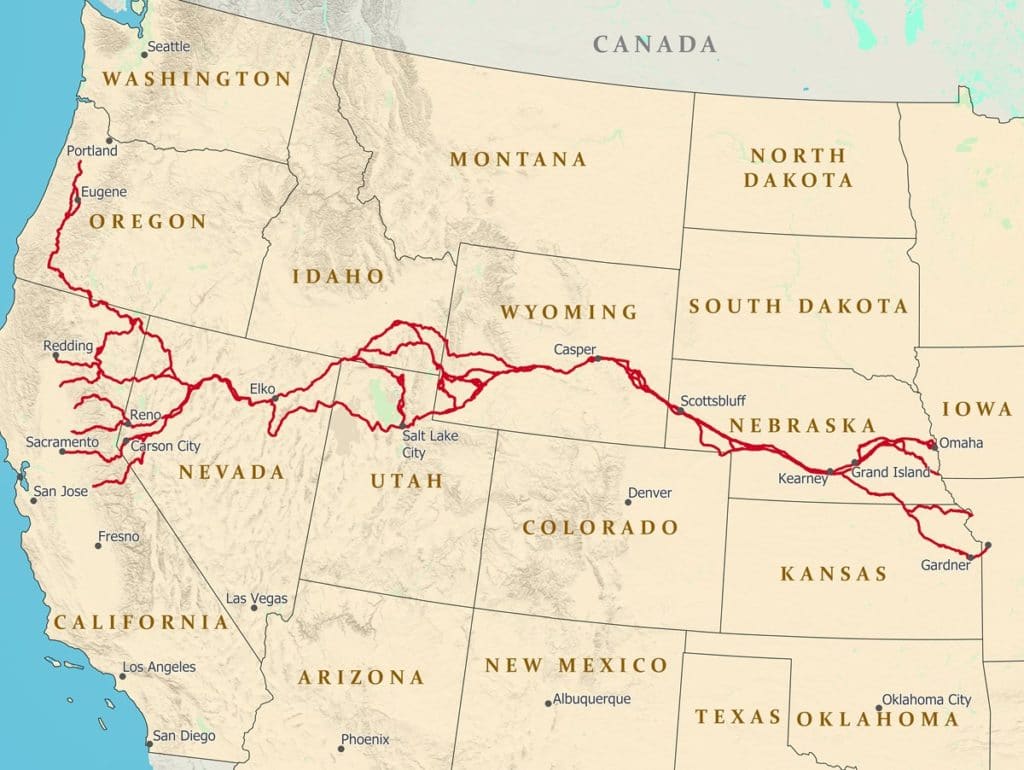
CHECK OUT: 20 MUST-SEE Historic Sites In California
9. John Day Fossil Beds National Monument
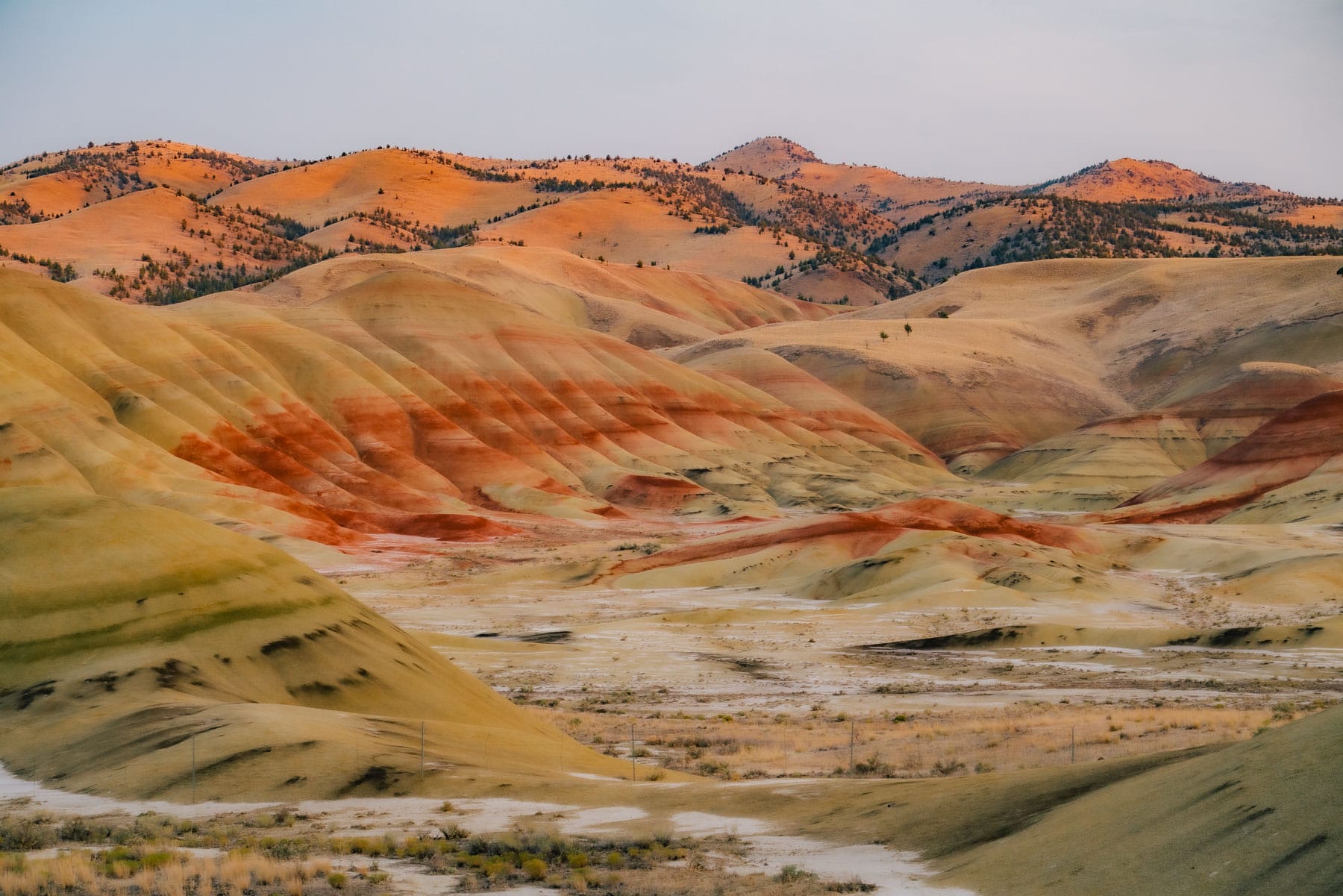
Oregon is a state with geologic wonders and one of our favorites is our next site. At #9 on our list of the Best Historic Sites In Oregon is the John Day Fossil Beds National Monument.
John Day Fossil Beds National Monument is located in north-central Oregon. It’s known for its well-preserved layers of fossil-bearing rocks that record the history of plant and animal life in the region over the last 45 million years.
The area was first explored by paleontologists in the late 19th century, and was designated as a national monument in 1975.
The John Day Fossil Beds are divided into three units: the Sheep Rock Unit, the Painted Hills Unit, and the Clarno Unit. The Sheep Rock Unit is known for its well-preserved mammal fossils, including the extinct rhinoceros Teleoceras and the early horse Orohippus.
The Painted Hills Unit is known for its colorful hills and preserved leaves, flowers and fruits. And the Clarno Unit is known for its well-preserved leaves, fruits, and seeds of ancient plants.
It Has A Rich Human History
The monument also has a rich human history. The John Day River valley has been home to human populations for at least the last 15,000 years, with the Northern Paiute people being the most recent inhabitants before the arrival of Europeans in the 19th century.
The monument today offers visitors the opportunity to explore the natural and cultural history of the region through hiking trails, ranger-led programs and exhibits at the Thomas Condon Paleontology Center and the James Cant Ranch Historic District.
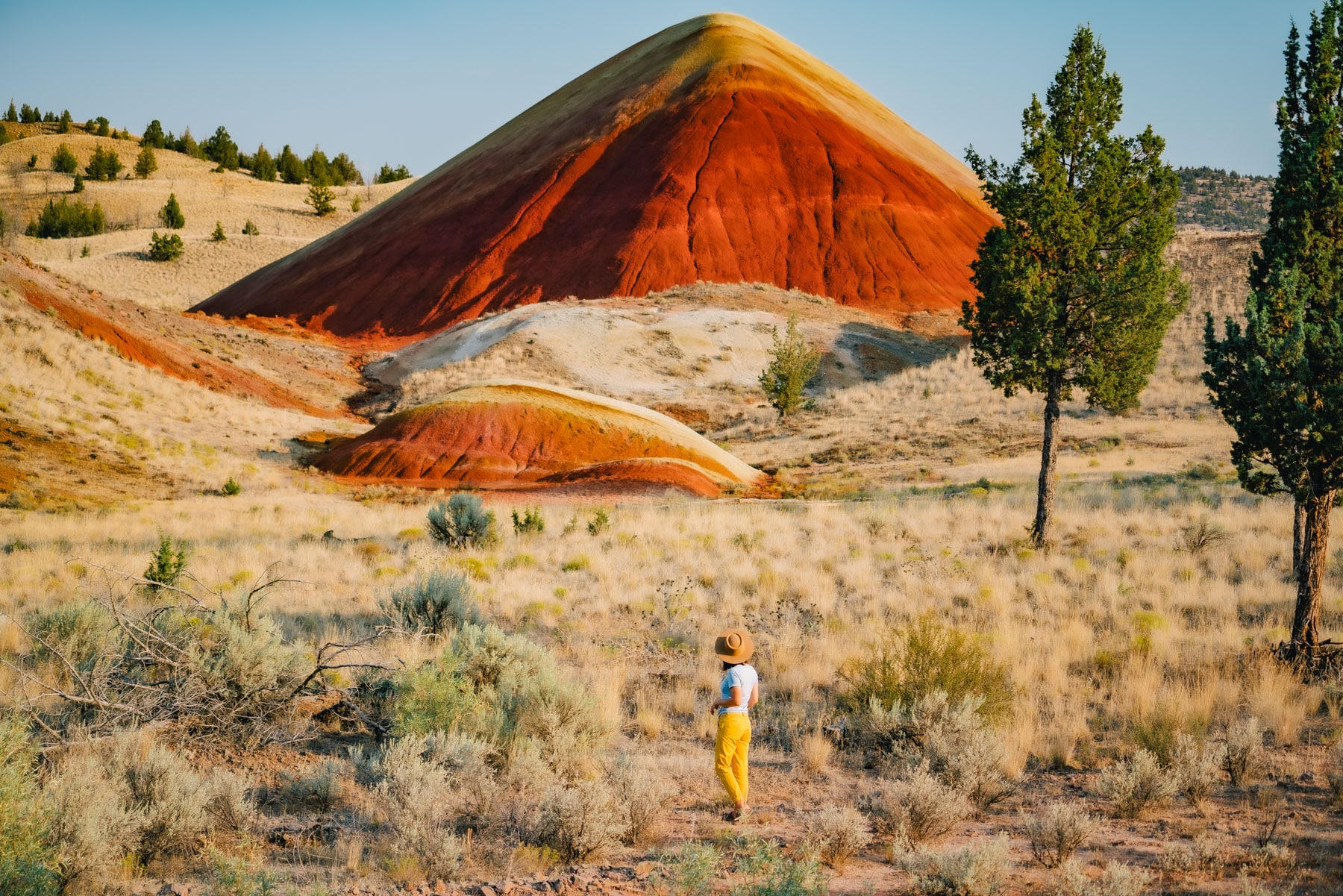
CHECK OUT: 15 MUST-SEE Historic Sites In Georgia
8. Ice Age Floods National Geologic Trail
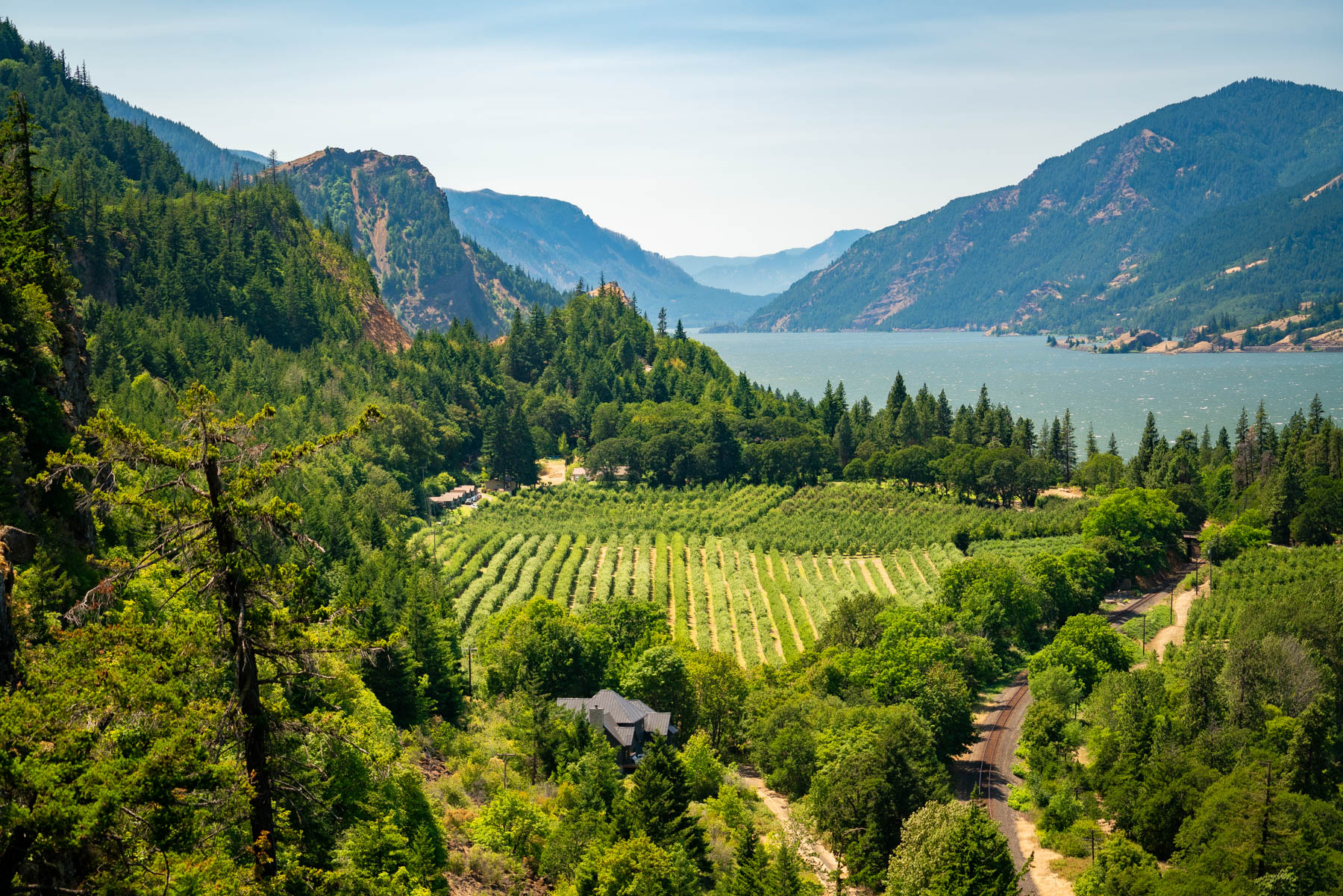
We’re not done with geologic wonders just yet. Not when you have a state which is as well endowed with them as is Oregon.
At #8 on our list of the Best Historic Sites In Oregon is Ice Age Floods National Geologic Trail.
It’s a national park unit that spans multiple states in the Pacific Northwest region of the United States. The trail tells the story of the Ice Age floods, a series of catastrophic events that occurred during the last ice age.
During the Pleistocene Epoch, which lasted from about 2.6 million to 11,700 years ago, massive ice sheets covered much of North America. In what is now the Pacific Northwest region, a series of massive glacial dams formed, blocking rivers and creating enormous lakes. These lakes would periodically break through their ice barriers, sending huge volumes of water and ice downstream.
The floods created by these dam breaches were some of the largest in the history of the earth. The water and ice moved across the landscape at tremendous speed, carving out deep canyons, forming massive waterfalls, and leaving behind enormous boulder fields. The floods also deposited vast amounts of sediment, which helped to create the fertile soil of the region’s agricultural lands.
The Ice Age floods occurred multiple times over the course of thousands of years, leaving a distinctive geologic record in the landscape.
The Ice Age Floods National Geologic Trail was established in 2009 to help visitors understand and appreciate the history and significance of these events.
The trail spans over 1,000 miles across Washington, Oregon, Montana, and Idaho, and includes interpretive centers, hiking trails, and other points of interest where visitors can learn about the geology and history of the region.
There Are Some Wonderful Museums For You To See
Well, maybe school’s not entirely out. There are some wonderful museums for you to visit to learn more about this amazing story. They include the following:
- Idaho-Museum of North Idaho, 115 Northwest Blvd, Coeur d’Alene, ID 83814, (208) 664-3448
- Montana-Montana Natural History Center, 120 Hickory St # A, Missoula, MT 59801, (406) 327-0405
- Oregon-Columbia Gorge Discovery Center, 5000 Discovery Drive, The Dalles, OR 97058, (541) 296-8600
- Washington-Columbia Gorge Interpretive Center, 990 SW Rock Creek Drive, Stevenson, WA 98648, (509) 427-8211
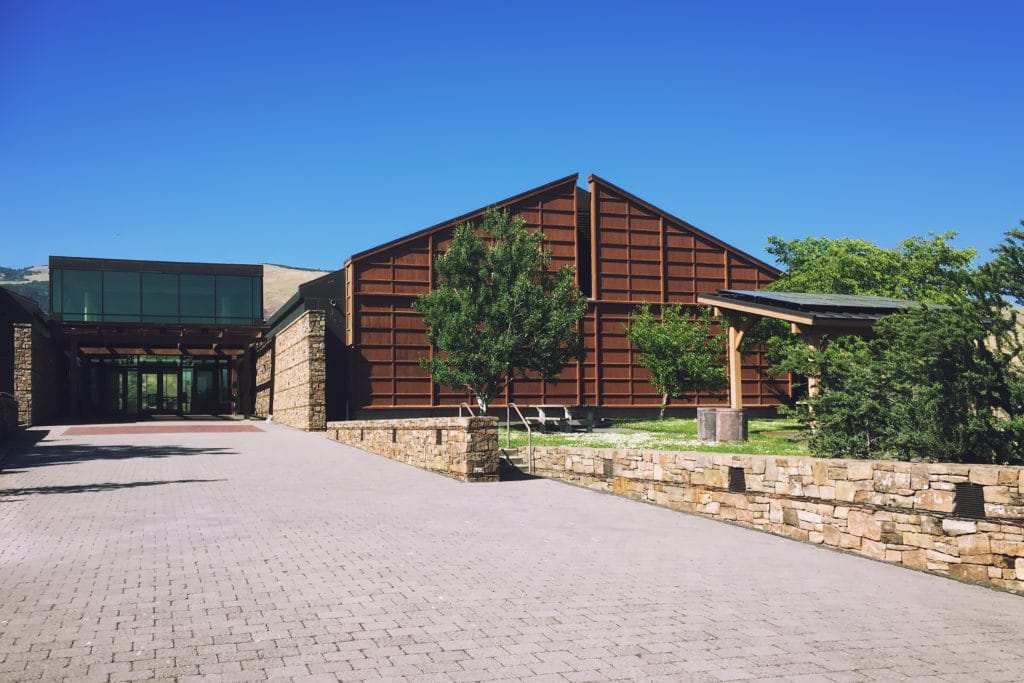
CHECK OUT: 10 MUST-SEE Historic Sites In Missouri
7. Nez Perce National Historical Park
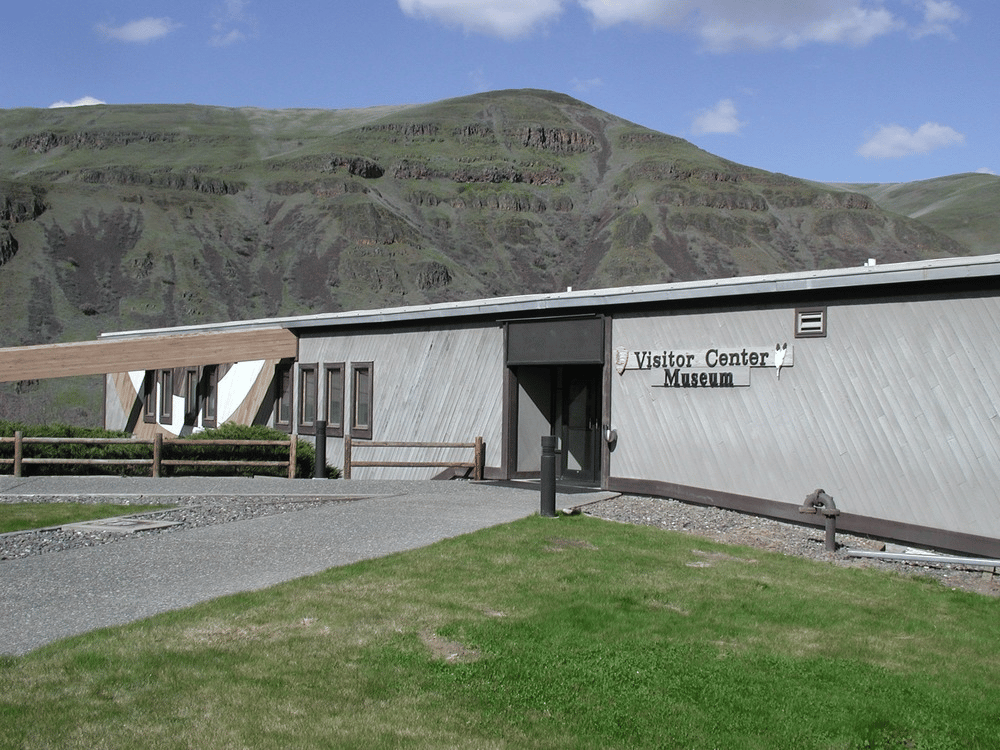
We move from geologic wonders to the story of America’s first inhabitants and what became of them. At #7 on our list of the Best Historic Sites In Oregon is the Nez Perce National Historical Park.
The Nez Perce National Historical Park is located in Idaho, Oregon, and Washington. The park was established in 1965 to commemorate the history of the Nez Perce tribe and their interactions with European settlers.
The park is made up of 38 sites spread across four states, including the tribe’s ancestral homelands in the Wallowa Valley of northeastern Oregon, the sites of the Nez Perce War of 1877, and the location of the tribe’s forced removal to a reservation in Idaho.
The Nez Perce people have lived in the region for thousands of years, and their culture and way of life were closely tied to the land. They were skilled hunters, fishers, and farmers, and were known for their horsemanship and use of the horse in their daily lives.
European Settlers Brought Significant Changes To The Area
European settlers began to arrive in the region in the early 19th century, and their arrival brought significant changes to the Nez Perce way of life.
The tribe was forced to cede much of their land to the United States government through a series of treaties, and tensions between the Nez Perce and settlers eventually led to the Nez Perce War of 1877.
The park today offers visitors the opportunity to learn about the history and culture of the Nez Perce through a variety of interpretive programs, guided tours, and visitor centers.
Visitors can also hike, camp, and fish in the park and take in the natural beauty of the region.

CHECK OUT: 20 MUST-SEE Historic Sites In New York
6. Lewis & Clark National Historic Trail
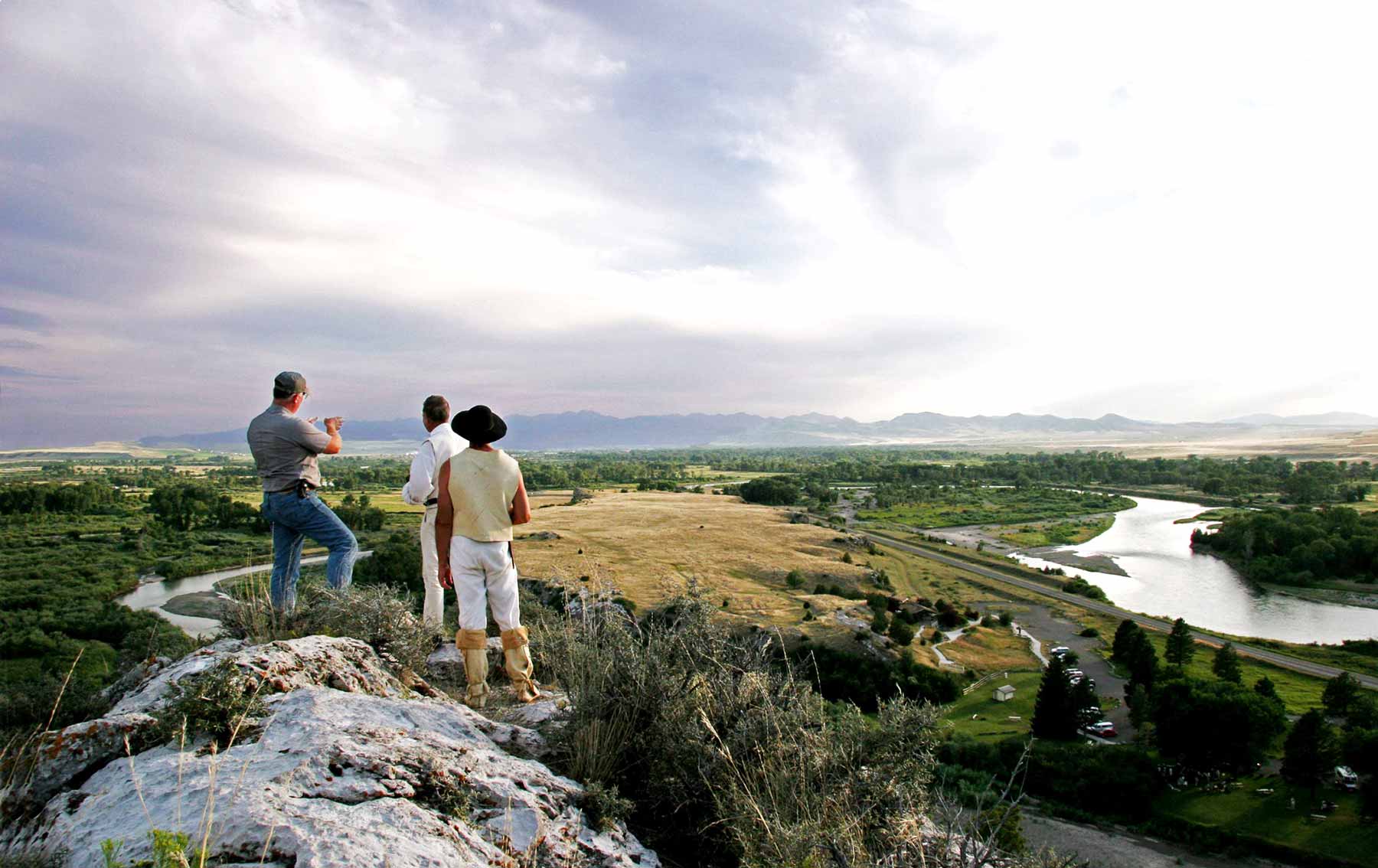
Thus far, we’ve given you one historic trail. Now we’re adding a second to our list. And no it’s not the most obvious one, but we haven’t forgotten about it.
At #6 on our list of the Best Historic Sites In Oregon is the Lewis and Clark National Historic Trail.
The Lewis and Clark National Historic Trail follows the historic outbound and inbound routes of the Lewis and Clark Expedition.
Commemorating the Lewis & Clark Expedition (1804-06), the Lewis & Clark Trail connects 16 states (Pennsylvania, Ohio, West Virginia, Kentucky, Indiana, Illinois, Missouri, Kansas, Nebraska, Iowa, South Dakota, North Dakota, Montana, Idaho, Washington and Oregon).
The trail is administered by the National Park Service. It’s not a hiking trail, but does provide opportunities for hiking, boating and horseback riding at many locations along the route.
It’s a great opportunity to see the USA while learning about the brave men (and one woman) who weren’t able to make the journey in an air-conditioned SUV.
The Lewis & Clark Trail In Oregon
Places of interest to visit in Oregon include:
- The Youngs River Falls was originally discovered by Lieutenant William Broughton of the Vancouver Expedition in 1792. He named it for Admiral Sir George Young of the Royal Navy. It would be rediscovered fourteen years later by Sergeant Patrick Gass, a member of Lewis and Clark’s Corps of Discovery.
- Tansy Point in Warrenton, Oregon, is where, on November 24, 1805, that Meriwether Lewis and William Clark’s Corps of Discovery paused to take a vote on their next campsite. At the time it was a series of Chinook Indian Villages.
- At North Gateway Park on December 9, 1805, William Clark took three men and set out from their camp on a reconnaissance excursion. They visited a location where 12 families of the Clatsop Nation dwelled in three houses.
- At the Netul Landing & Netul River Trail Meriwether Lewis and William Clark, paddled up a river that the local peoples called Netul. Today it’s called the Lewis & Clark River. On December 5, 1805, the expedition established their winter camp at a site on the riverbank that had been selected by Lewis.
- The End Of The Trail Lewis & Clark Statue was installed in 1990 to commemorate Lewis and Clark’s 4,000-mile, 18-month journey. (Source: NPS)

CHECK OUT: 10 MUST-SEE Historic Sites In Oklahoma
The Top 5 Historic Sites In Oregon
5. Oregon Caves National Monument & Preserve
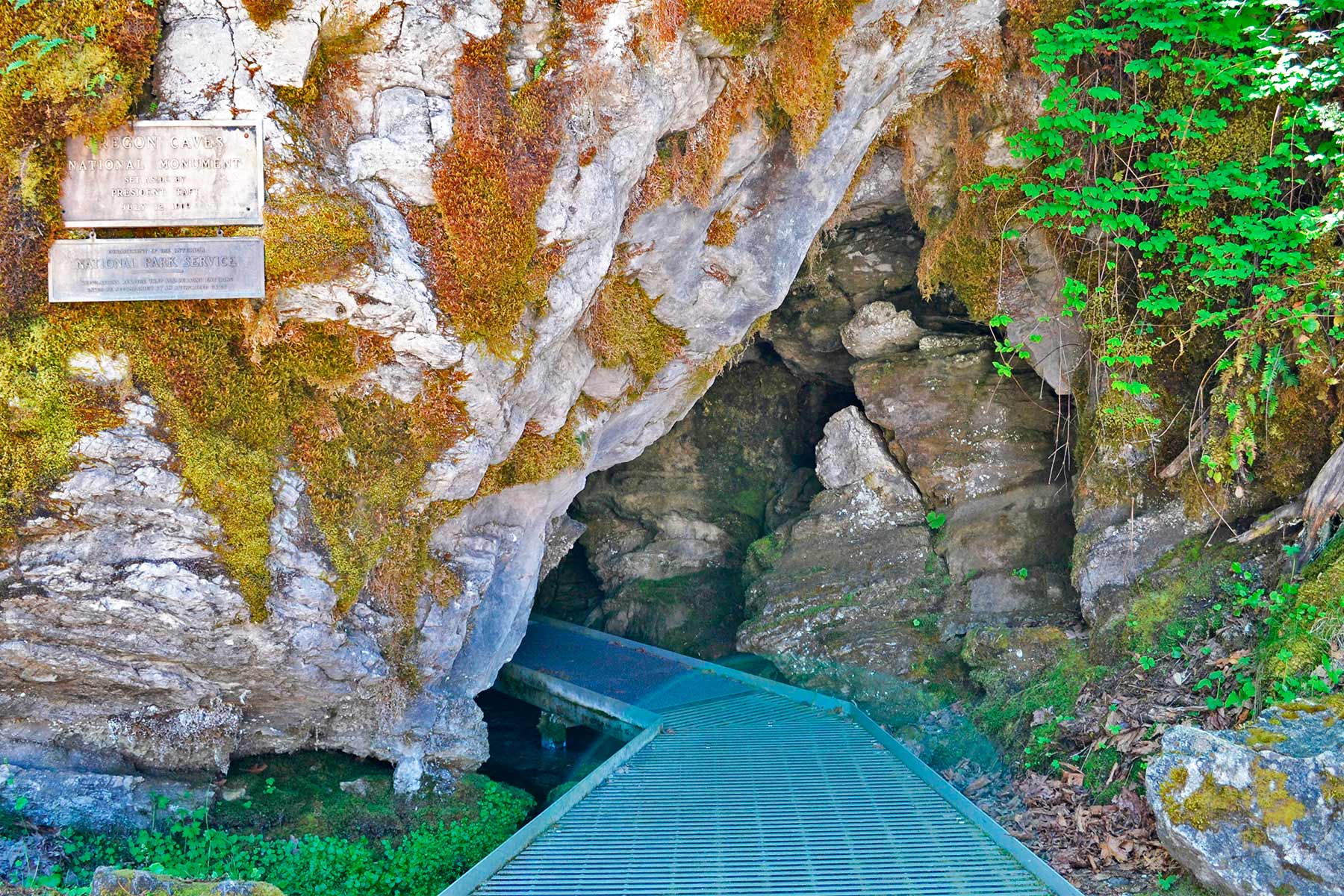
We’re on to the Top 5 Historic Sites In Oregon. And, at #5, we have another of Oregon’s geologic wonders. It’s Oregon Caves National Monument.
It preserves a spectacular cave system hidden deep within the Siskiyou Mountains. In addition to the caves the monument offers extensive hiking trails into the beautiful surrounding forest as well as hunting and opportunities to see wildlife.
One of the most popular sites at Oregon Caves National Monument is the Marble Cave which, as the name suggests, is a fantastical cave made of marble.
This park is truly a gem as there is so much to see and do. If you love to watch wildlife then you can see black bears, bobcats, cougars and the Columbian black-tailed deer. If you prefer smaller animals there’s also chipmunks and ground squirrels too.
Check Out The Amazing Hiking Trails At Oregon Caves
There are seven different hiking trails to choose from. They include:
- Cliff Nature Trail: It’s a one mile trail which features marble outcrops, fir forests and panoramic views of the Illinois Valley.
- Big Tree Trail: It’s a 1.3 mile trek up a steep climb that takes you through mountain meadows and forests. You can also see the widest-girthed Douglas-fir tree known to exist in Oregon.
- Old Growth Trail: From the visitors center you can climb past oak trees, over marble outcrops, and through old growth forests on this one mile trail.
- No Name Trail: Here you’ll encounter streams, mossy cliffs, and dense forests. Hikers can walk underneath the covered bridge along Cave Creek.
- Cave Creek Trail: This one’s a longer trail at 3.6 miles. Remember, however, that it’s not the destination, but the journey as you’ll be treated to dense forest, splashing streams, and rock outcrops.
- Bigelow Lakes – Mt. Elijah Loop Trail: This one is not for the faint hearted. It’s a 9.2 mile trek to the summit of 6,390 foot Mt. Elijah. Along the way you’ll see gorgeous meadows and pristine lakes.
CHECK OUT: 15 MUST-SEE Historic Sites In Pennsylvania
4. Fort Vancouver National Historic Site

If you’re a military history enthusiast, we haven’t forgotten about you. Our next historic site was a a 19th-century fur trading post that was established in 1824 by the Hudson’s Bay Company. Welcome to the Fort Vancouver National Historic Site.
The fort was the hub of the company’s operations in the Pacific Northwest. The fort played a significant role in the economic, cultural, and political development of the region.
It was built by the Hudson’s Bay Company as a base for their fur trading operations in the Pacific Northwest. It was the headquarters of the company’s Columbia Department, which oversaw the company’s activities in the region.
The fort was also a major center for trade, with goods from all over the world passing through its gates. It was a melting pot of cultures, with a diverse population of employees and their families, Native American tribes, and other visitors.
Fort Vancouver Was A Major Center Of Cultural Exchange
The fort was also a major center of cultural exchange, with the Hudson’s Bay Company employees and their families, Native American tribes, and other visitors coming in contact. The fort was also a major center of political activity, with the Hudson’s Bay Company and other European powers competing for influence in the region.
Fort Vancouver was eventually abandoned by the Hudson’s Bay Company in 1846, but it continued to be used as a military post and as a center of trade and commerce.
The site was designated as a National Historic Site in 1948 and today it offers visitors the opportunity to learn about the history of the region through exhibits, guided tours, and living history programs.
Visitors can also explore the reconstructed fort and the surrounding grounds, which include the Officer’s Row, a historic neighborhood of homes built for the fort’s officers, and the Pearson Air Museum.
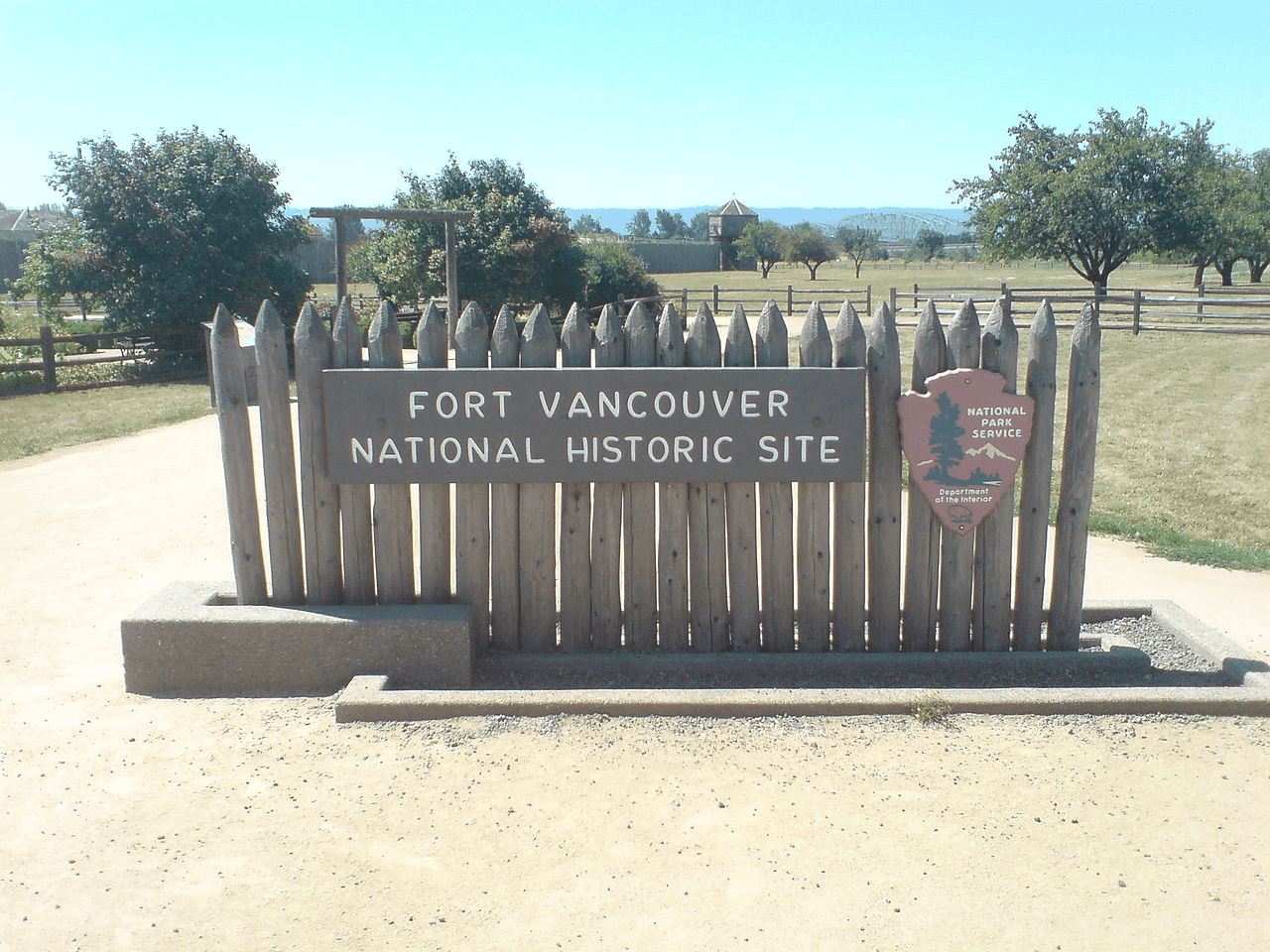
CHECK OUT: 10 BEST Revolutionary War Sites In America
3. Oregon National Historic Trail

Our third and final trail is the one you most likely associate with Oregon. You’ve been waiting for it and we thank you for your patience.
At #3 on our list of the Best Historic Sites In Oregon is the Oregon Trail.
The History Of The Oregon Trail
The Oregon Trail was a 2,000-mile-long route that was used by pioneers and settlers in the mid-19th century to travel from the Missouri River to the Pacific Northwest. The trail started in Independence, Missouri, and ended in Oregon City, Oregon.
The trail was first used by fur traders and trappers in the early 1800s, but it became popular with settlers in the 1840s. Thousands of people made the journey along the trail, seeking new opportunities and a better life in the West.
The journey was long and arduous, taking between four and six months to complete. The trail was not well-marked, and travelers had to navigate difficult terrain, including steep mountain passes, raging rivers, and barren deserts. Many people died along the way from disease, accidents, and other hazards.
Despite the challenges, the Oregon Trail played a significant role in the settlement of the West. It helped to open up new territories for settlement and expansion, and it helped to create a sense of national identity and purpose. Many of the towns and cities along the trail grew into thriving communities that still exist today.
The trail declined in importance after the completion of the transcontinental railroad in 1869, but it remains an important part of American history. Today, visitors can explore parts of the trail and learn about the experiences of the pioneers who made the journey westward.
Experiencing The Oregon Trail Today
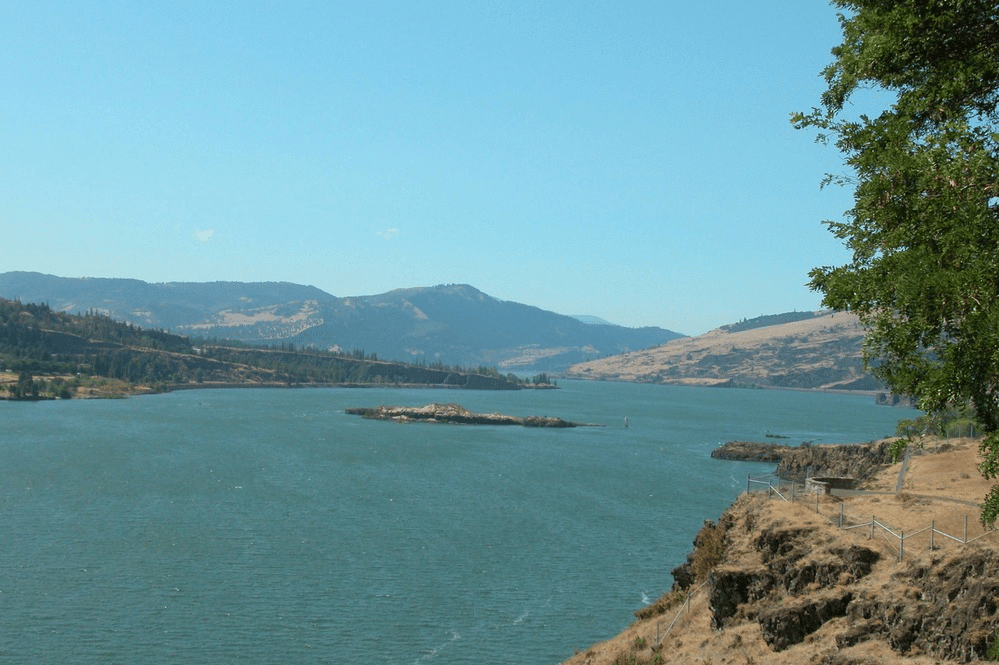
Oregon Trail sites in Oregon include:
- Keeney Pass Interpretive Site: It’s named for pioneer trader Jonathan Keeney, is located on the outskirts of Vale in Eastern Oregon. Today, you can still walk along the original wagon ruts at Keeney Pass and reflect on the famous journey.
- Farewell Bend State Recreation Area: Here you can experience a beautiful desert experience on the banks of the Snake River’s Brownlee Reservoir. Historic markers and interpretive displays provide visitors with information on Farewell Bend’s significance on the Oregon Trail.
- The National Historic Oregon Trail Interpretive Center: It dramatically tells the story of the hopes, dreams, joys, and heartaches of Oregon Trail-era pioneers.
- Hilgard Junction State Park: It offers camping and daytime activities amongst the cottonwood and ponderosa pine. While you’re there you can see ruts of the historic Oregon Trail at the nearby Blue Mountain Crossing Interpretive Park. (Source: Travel Oregon)
2. Crater Lake National Park
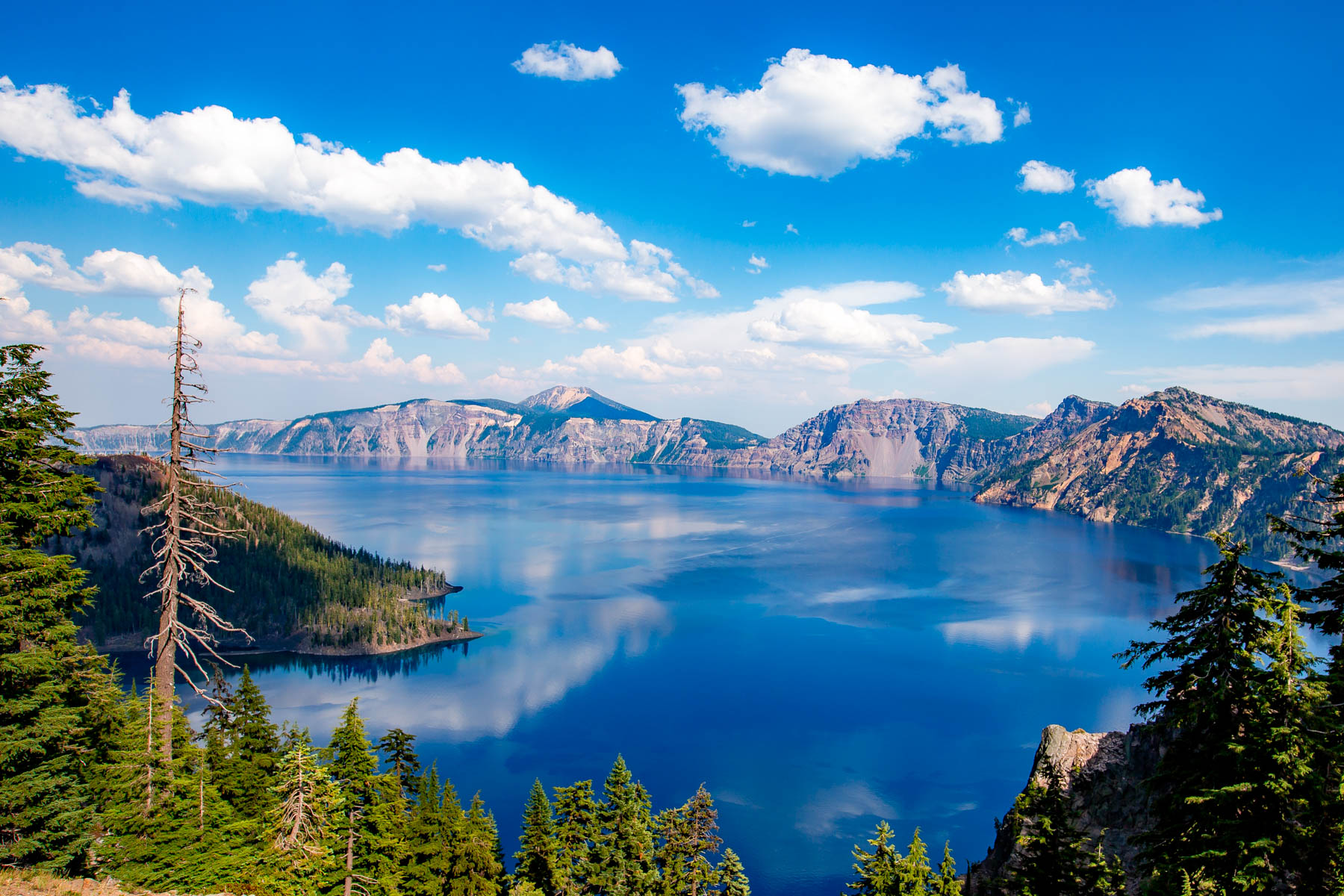
It’s time for More Than Just Parks to celebrate a national park. As our #2 Historic Site In Oregon, we have selected the magnificent Crater Lake National Park.
Crater Lake National Park is located in southern Oregon. It is named after the stunning Crater Lake, a deep, clear blue lake formed within the caldera of Mount Mazama, a volcanic peak that erupted and collapsed approximately 7,700 years ago.
It’s the deepest lake in the United States, with a depth of 1,943 feet (592 meters).
The park covers over 180,000 acres (72,843 hectares) and is known for its breathtaking natural beauty, diverse wildlife, and rich cultural history. Visitors can enjoy a wide range of activities, including hiking, fishing, camping, skiing, and snowshoeing, depending on the season.
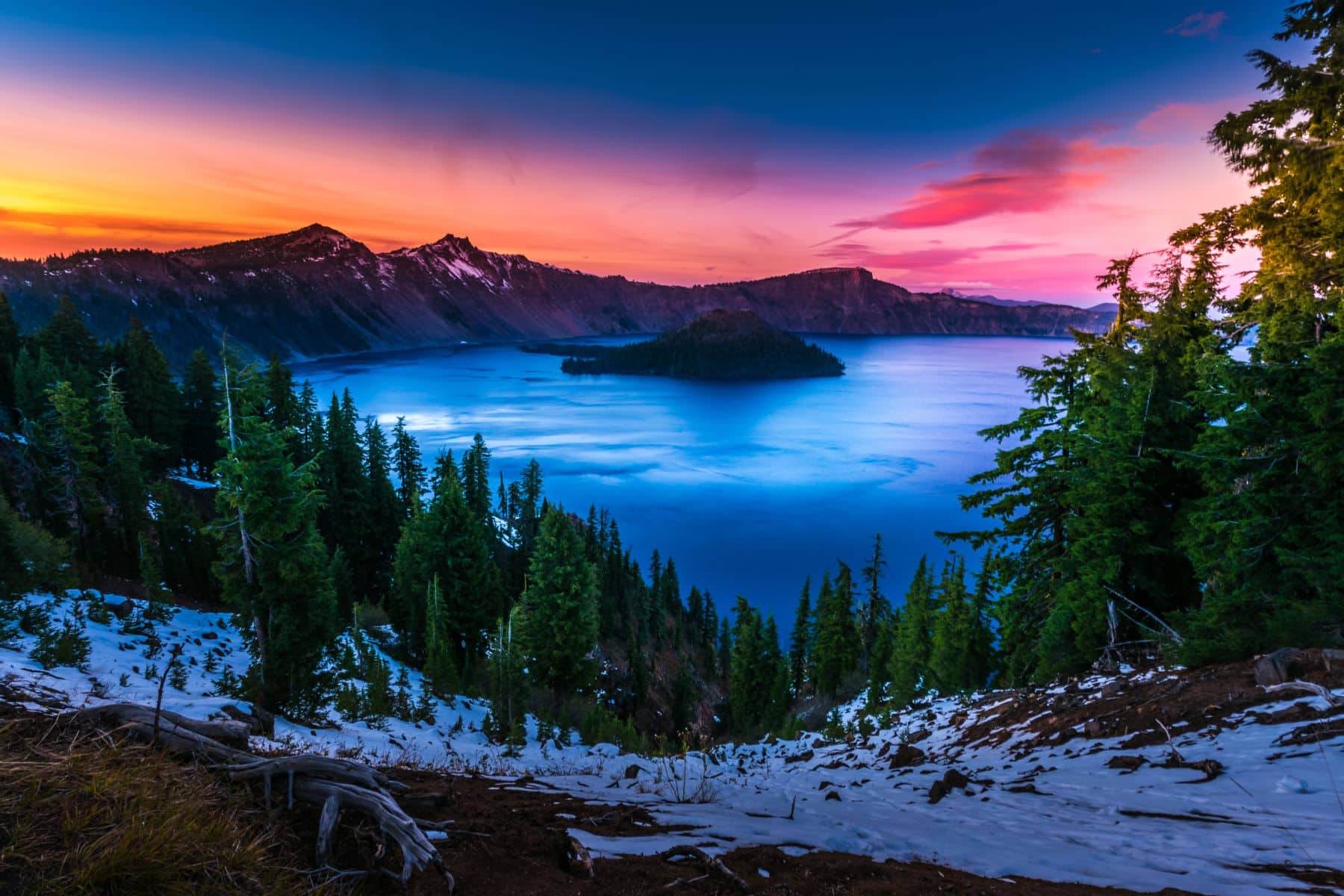
A Landscape Dominated By A Lake
The park’s landscape is dominated by the stunning Crater Lake, which sits at the center of the caldera and is surrounded by towering cliffs and rugged terrain. Visitors can take a boat tour of the lake or hike along one of the park’s many trails to experience the park’s natural beauty up close.
The park is also home to a diverse range of wildlife, including black bears, mountain lions, elk, and numerous bird species. Visitors can observe these animals in their natural habitats or attend ranger-led programs to learn more about the park’s ecology and wildlife.
In addition to its natural beauty, Crater Lake National Park has a rich cultural history. The Klamath Tribe, who have lived in the area for thousands of years, consider Crater Lake to be a sacred site.
Visitors can learn about the tribe’s cultural history and traditions at the park’s Klamath Cultural History Visitor Center.
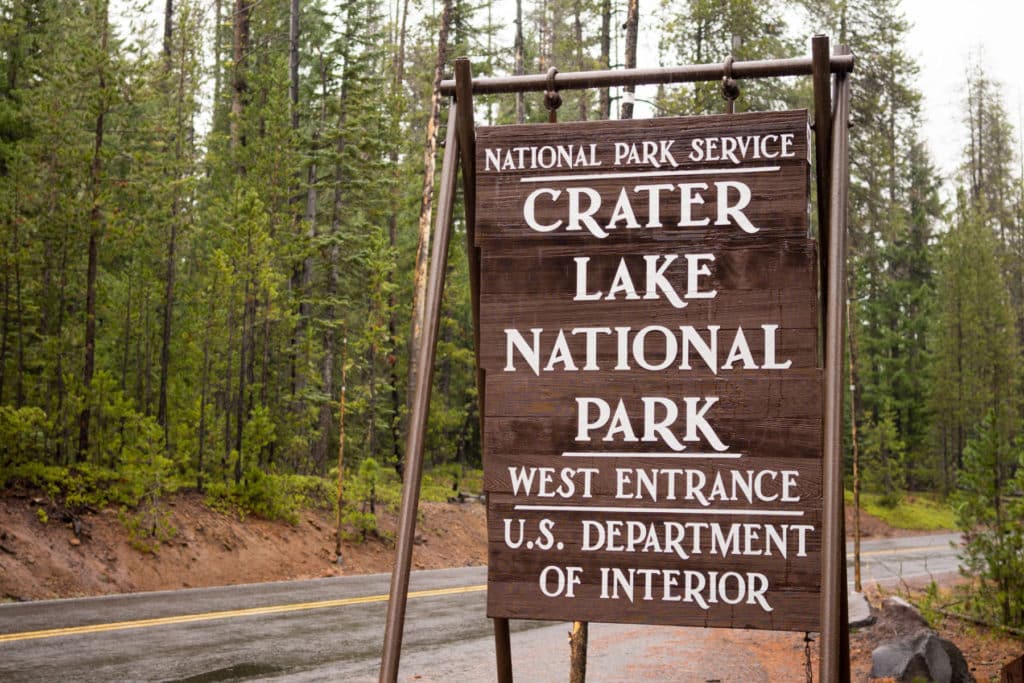
The Park Offers A Variety Of Educational Activities
The park offers visitors a wide range of recreational activities, including hiking, camping, fishing, and sightseeing. There is a 33-mile Rim Drive that encircles the lake, offering spectacular views of the lake and the surrounding mountains.
Visitors can also take boat tours of the lake to get a closer look at the lake’s beautiful blue waters and the surrounding cliffs. The park also has two developed campground, picnic areas and several hiking trails for visitors to explore.
Crater Lake is also known for its unique and varied geology, with the lake surrounded by cliffs, fumaroles, and hot springs that are products of the volcano that created the lake. The park is also home to a diverse array of wildlife, including black bears, mountain lions, and many bird species.
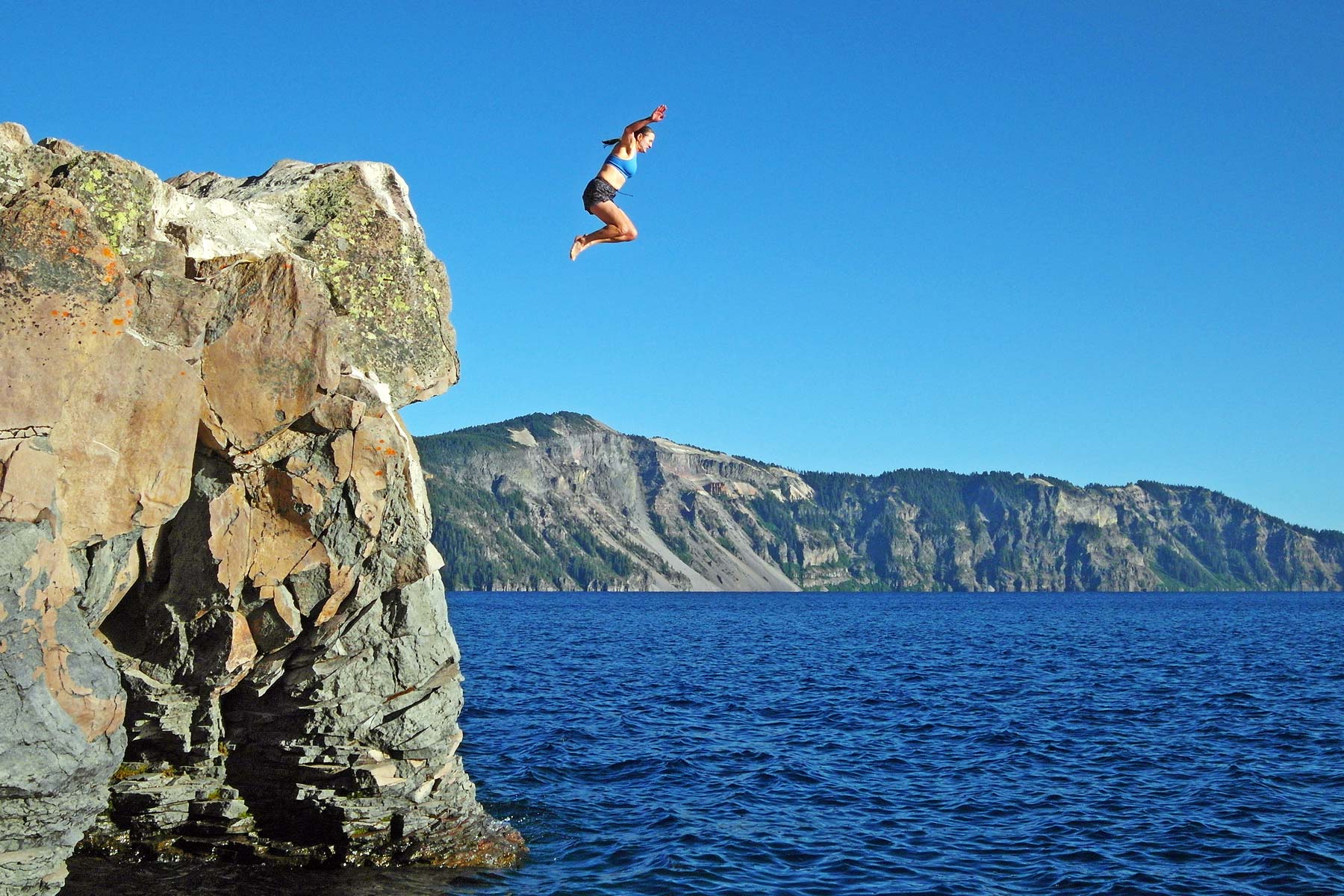
CHECK OUT: 11 FASCINATING Crater Lake National Park Facts
1. Lewis & Clark National Historical Park
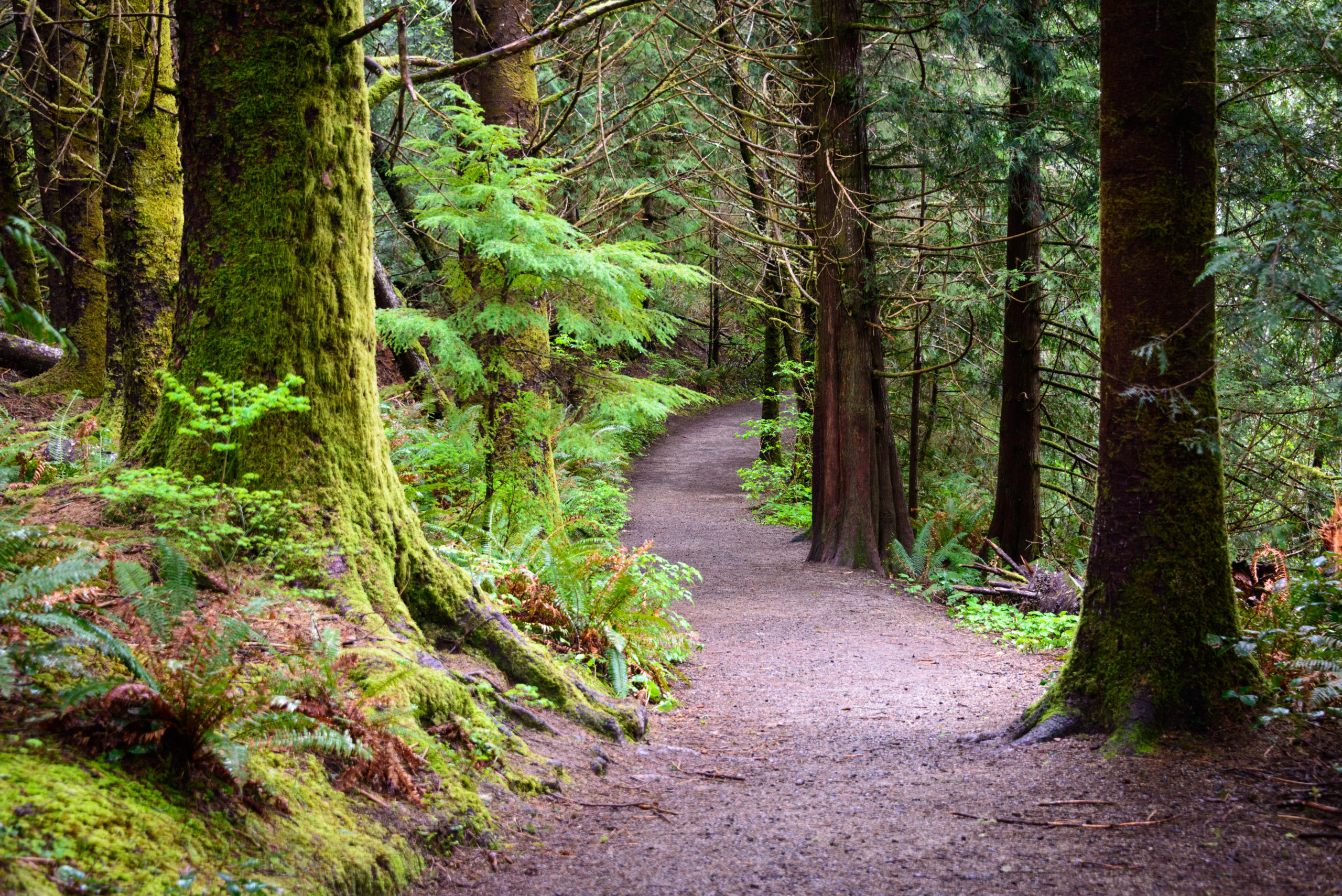
We’re at the end of our journey. As the #1 Historic Site In Oregon, More Than Just Parks has chosen the end of a different journey. Our #1 site is the Lewis & Clark National Historical Park.
Fort Clatsop was the winter encampment for the Corps of Discovery from December 1805 to March 1806. Oregon was where their historic journey ended before they embarked on a return trip to share their momentous news with Thomas Jefferson and their fellow countrymen.
Today you can make the trek to the Lewis & Clark National Historical Park. You can make the trip to this historic fort and examine the place that the Corps of Discovery called their home.
The park offers 14.5 miles of trails which follow similar routes to those taken by the Corps of Discovery. Along these trails you will be treated to stunning panoramic views and be able to explore a wide variety of natural ecosystems.
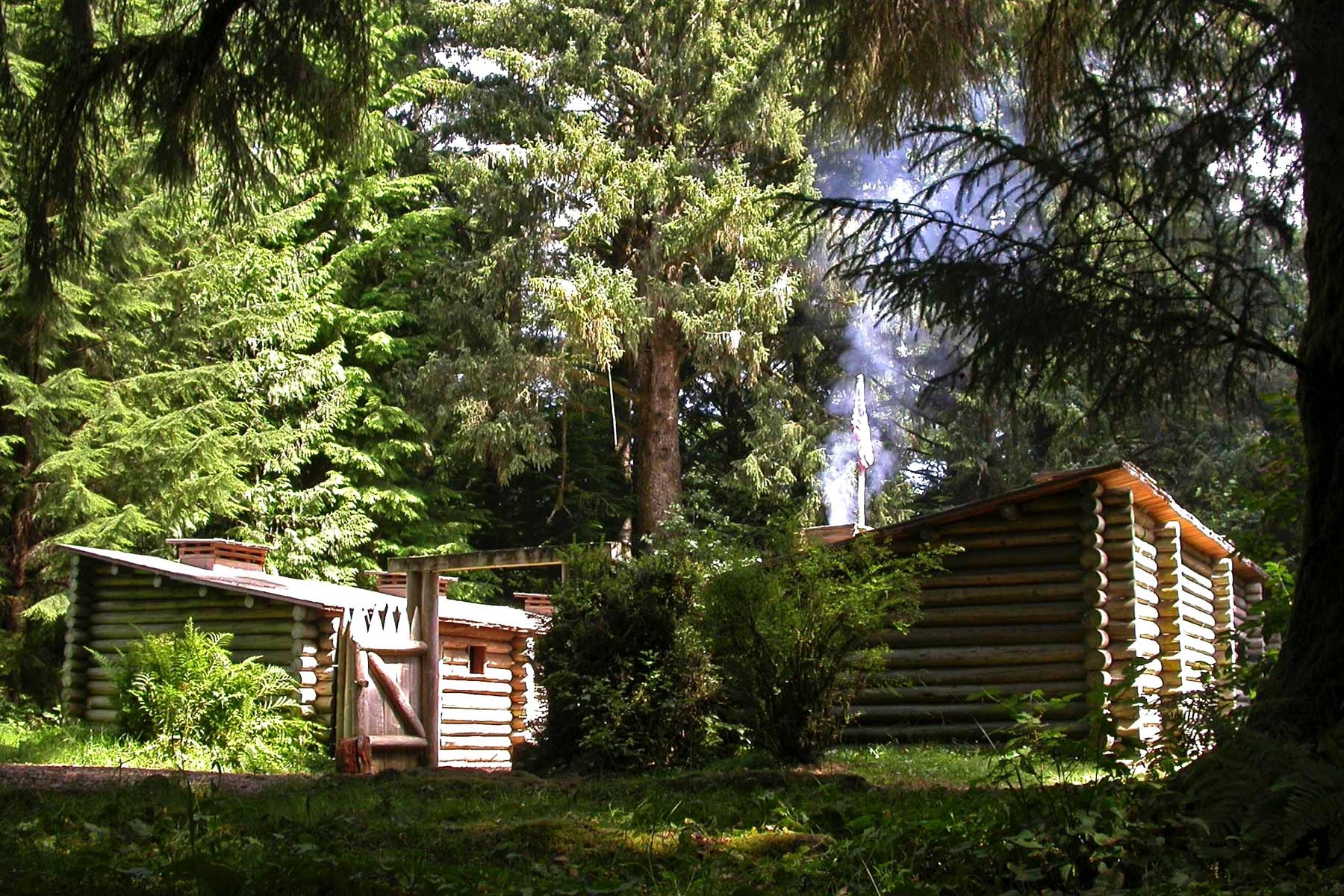
A Historic Expedition
The Lewis and Clark Expedition began in 1804, when President Thomas Jefferson tasked Meriwether Lewis with exploring the lands west of the Mississippi River that comprised the Louisiana Purchase. Lewis chose William Clark as his co-leader for the mission.
The excursion lasted over two years: Along the way they confronted harsh weather, unforgiving terrain, treacherous waters, injuries, starvation, disease and both friendly and hostile Native Americans.
Nevertheless, the approximately 8,000-mile journey was deemed a huge success and provided new geographic, ecological and cultural information about previously uncharted areas of North America. (Source: History)
To learn more about their epic journey, check out Undaunted Courage: Meriwether Lewis, Thomas Jefferson, and the Opening of the American West by Stephen Ambrose.

Things To Do At Fort Clatsop
Here are some things to do at Fort Clatsop:
- Tour the fort: Take a ranger-guided tour of the fort to learn about the daily life of the expedition members during their winter stay. You can see replicas of the expedition’s quarters, a workshop, a storage room, and other areas of the fort.
- Explore the visitor center: The visitor center has exhibits on the Lewis and Clark Expedition and the history of the fort. You can also watch a short film about the expedition.
- Hike the trails: The site has several trails that wind through the forest and along the river. The Netul Trail takes you through wetlands and forests and offers views of the river.
- Attend ranger-led programs: The park rangers offer a variety of programs, including talks, walks, and demonstrations. Topics include the history of the fort, the flora and fauna of the area, and the Lewis and Clark Expedition.
- Visit the gift shop: The gift shop has a variety of books, souvenirs, and other items related to the Lewis and Clark Expedition and the history of the fort.
- Picnic: The park has picnic areas with tables and grills. You can bring your own food or purchase snacks and drinks at the gift shop.
- Visit nearby attractions: Astoria, Oregon, and the surrounding area have many attractions, including museums, galleries, restaurants, and shops. You can also visit nearby state parks and beaches.

List Of Historic Sites In Oregon
- Lewis & Clark National Historical Park
- Crater Lake National Park
- Oregon National Historic Trail
- Fort Vancouver National Historic Site
- Oregon Caves National Monument & Preserve
- Lewis & Clark National Historic Trail
- Nez Perce National Historical Park
- Ice Age Floods National Geologic Trail
- John Day Fossil Beds National Monument
- California National Historic Trail
- Pittock Mansion
- Columbia River Maritime Museum
- Timberline Lodge
- Tillamook Air Museum
- Fort Astoria
Why Trust Us About Historic Sites In Oregon?
We’re Jim Pattiz and Will Pattiz, collectively known as the Pattiz Brothers and we absolutely LOVE the national parks.
You should probably know that we don’t just make this stuff up out of thin air. We’ve spent our entire adult lives exploring and filming America’s national parks and public lands.
We’ve worked with the National Park Service, the Department of Interior, USDA, U.S. Forest Service, and more for years creating films on important places and issues. Our work has been featured in leading publications all over the world and even some people outside of our immediate family call us experts on the national parks.
And, in 2018, our father – having spent a lifetime teaching history – joined us so that he could help us to tell the stories behind these amazing places.
Meet The Parks Brothers
We Hope You’ll Follow Our Journey

Our goal here at More Than Just Parks is to share the beauty of America’s national parks and public lands through stunning short films in an effort to get Americans and the world to see the true value in land conservation.
We hope you’ll follow our journey through the parks and help us to keep them the incredible places that they are. If you’re interested joining the adventure, sign up below!
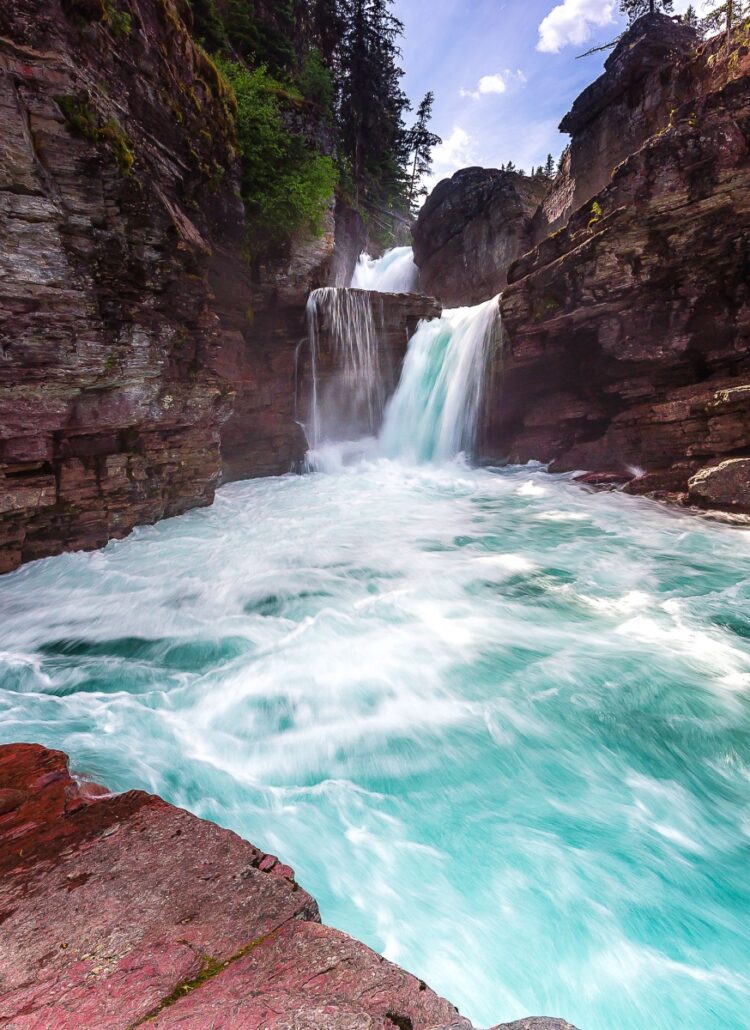
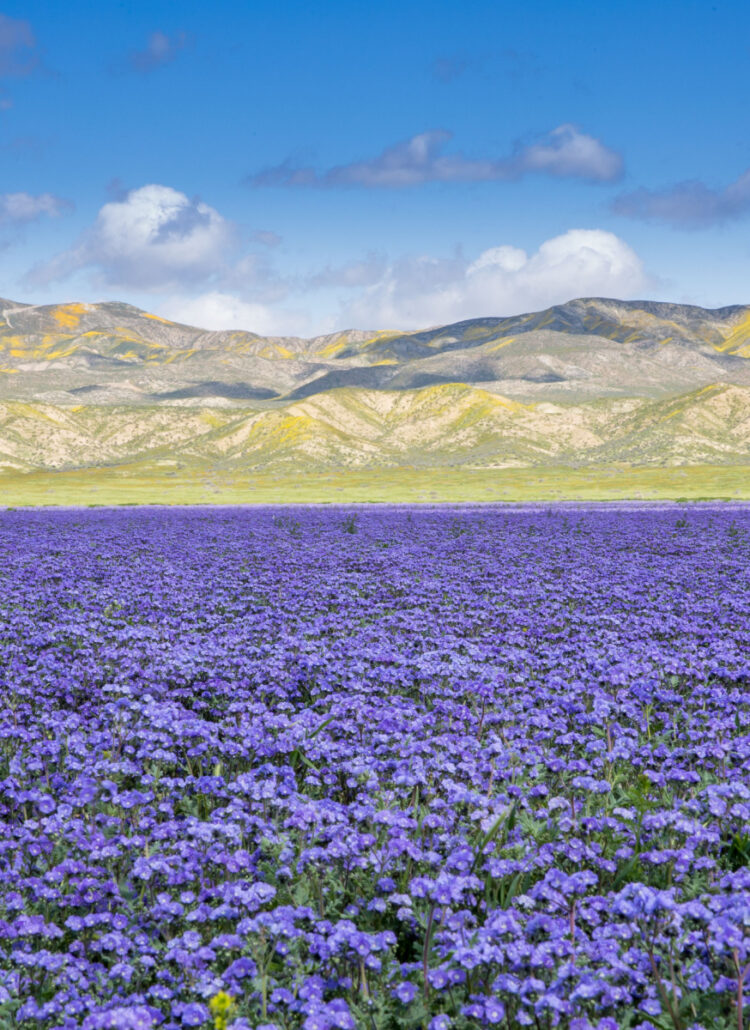
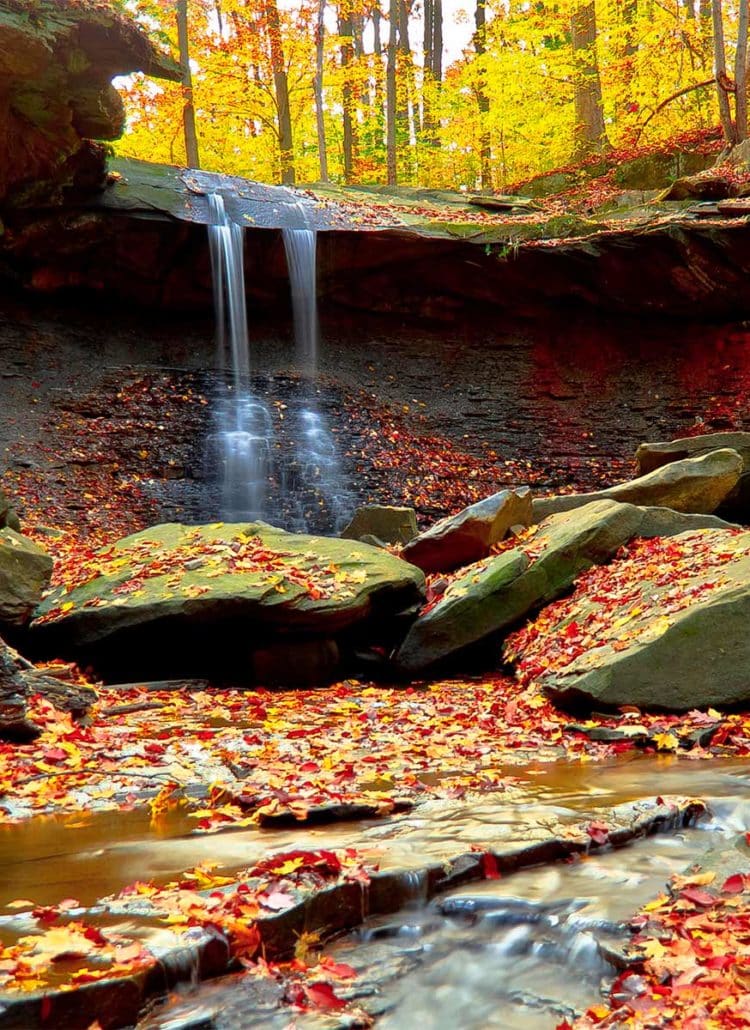
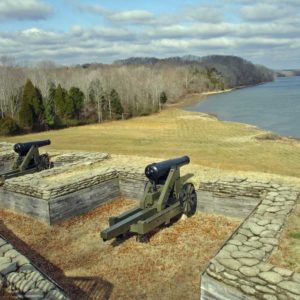

nice article
I have been a volunteer at the Dr. John McLoughlin House national historic site. for many years. i always wondered why this site never gets onto websites like this one. You did a good job as far as it went. email me if you need information